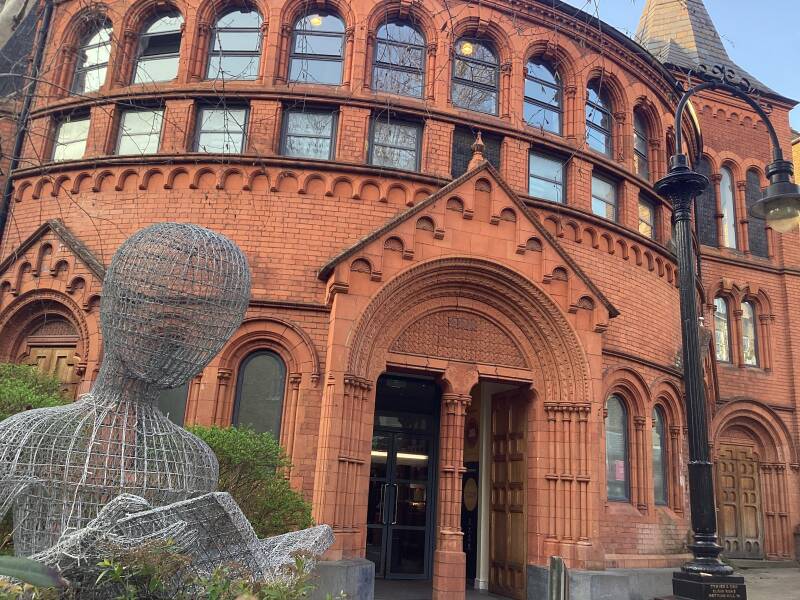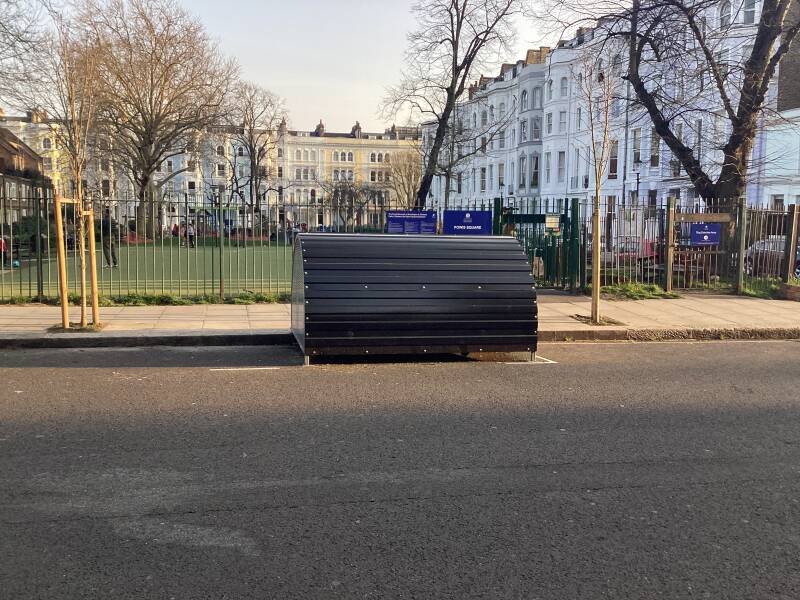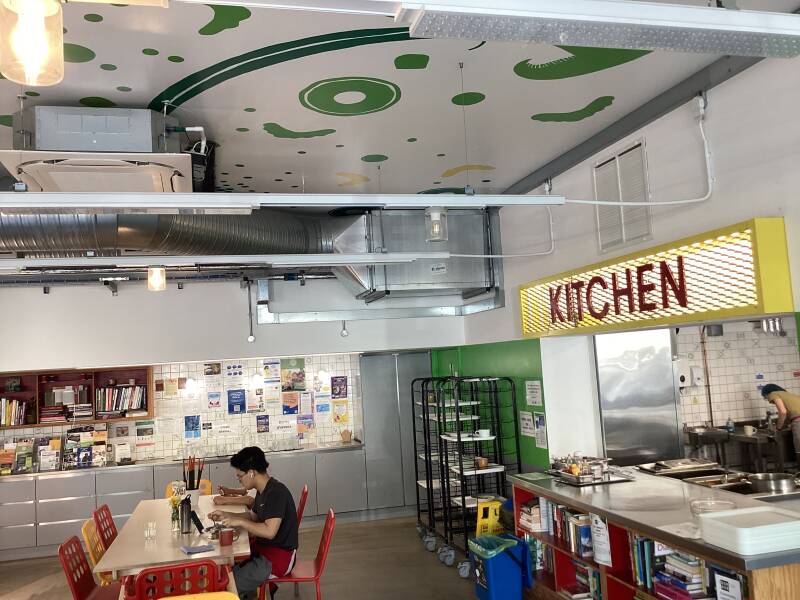
NOTTING HILL

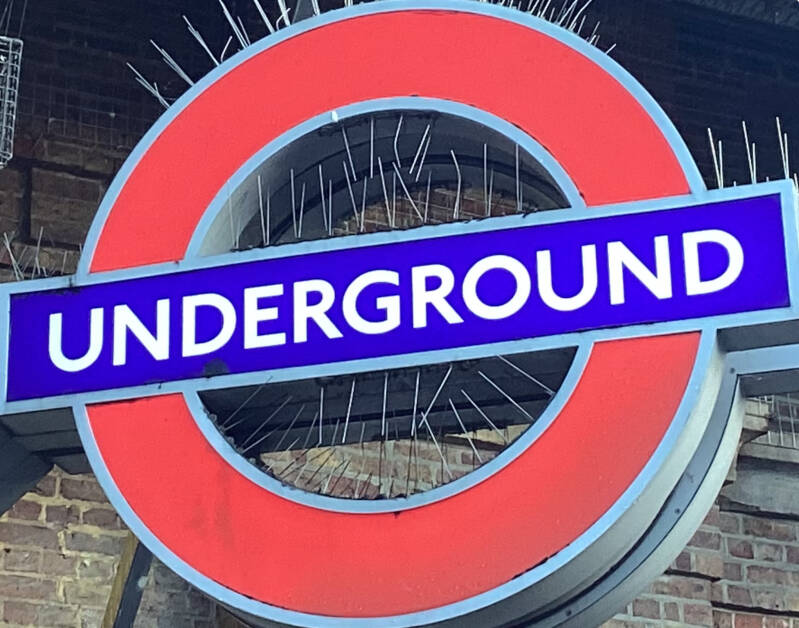
My advise to start top this route: walk along HOLLAND PARK ROAD or cycle along LADBROKE ROAD!
Notting Hill Gate?
A TURNPIKE road
A turnpike gate was constructed at the foot of the hill on the main road from London to Uxbridge, now Oxford Street, Bayswater Road and Holland Park Avenue along this part of its route.
Turnpike roads were toll roads, maintained and operated by trusts established by Parliament, primarily during the 18th and 19th centuries, to facilitate long-distance travel and commerce The turnpike system played a significant role in improving transportation, promoting urbanisation, and contributing to economic growth,
The rise of railways in the 19th century led to the decline of the turnpike system, as railways offered a faster and more efficient means of transportation. The network of roads established by turnpike trusts still forms the framework of Britain's roadways today.
THE GATE CINEMA
The cinema first opened its doors on 15 April 1911 as the Electric Palace, with capacity for 480 patrons (280 seated and a further 200 standing!). The floor plan of the cinema was not dissimilar to that of today, except the foyer stretched down the side of the building. It later became The Embassy, and in 1931 was one of the first British cinemas to convert fully to sound. During the Second World War, the ornate exterior was severely damaged and subsequently replaced with a plain façade and a flat roof.
Since the 1950s the venue has steadily built a reputation as the place to see avant-garde and experimental cinema alongside repertory art-house programmes. With new ownership in 1974 came the change of name to The Gate. In 2003 the cinema joined the Picturehouse family and in 2004 it received a full refurbishment. The lobby retains its Cinema 100 plaque
THE CORONET THEATRE
In 2020, the theatre was redecorated and a statue by the British sculptor Gavin Turk (born 1967) has been placed upon the dome above the building’s main entrance. The new artwork replaces one that was removed many decades ago.” The artwork depicts the artist Gavin Turk posing as the famous artist Sir Joshua Reynolds (1723-1792) just as he appears his sculptural in the Annenberg Courtyard of Burlington House in the grounds of the Royal Academy. When seen from the east, the new sculpture looks like a painter holding a palette and his brush. However, when seen from the west, the viewer might be led to believe that the statue is of a man holding a gun.
This was the cinema where William watched the sci-fi movie ‘Helix’ that starred Anna Scott.

For Ladbroke Road, right turn into Victoria Gardens

REGENCY HOUSES
https://www.ladbrokeassociation.org/holland-park-avenue/
CAROLINE DECAMP and TONY BENN lived here
Educationalist and writer. Born Cincinnati, Ohio. She came to Britain in 1948 to study at Oxford. There she met Tony Benn, who became her husband. An advocate of comprehensive education, she co-founded the Campaign for Comprehensive Education. Her writings include a biography of the Labour pioneer Keir Hardie. Died at Charing Cross Hospital.
TONY BENN
When asked about TB’s achievements, PERPLEXITY says:
Peerage Act (1963): Benn successfully campaigned for the right to renounce hereditary peerages, allowing him to remain in the House of Commons after inheriting his father’s title. This marked a landmark change in British law.
Labour Government Roles: He served as Postmaster General (1964–66). BT TOWER, built. Minister of Technology (1966–70), Secretary of State for Industry (1974–75), and Secretary of State for Energy (1975–79), where he championed public ownership and industrial democracy.
Advocacy for Democratic Socialism: Benn was a leading figure on Labour’s New Left, promoting participatory democracy, workplace self-management, and public ownership. He opposed Thatcherism and New Labour’s centrist policies.
Support for Workers: He backed initiatives like the Upper Clyde Shipbuilders’ “work-in,” advocating for workers’ rights and control over industries.
Diaries and Legacy: Benn documented his political life extensively, producing influential diaries. Once labeled “the most dangerous man in Britain,” he later became a respected elder statesman of the left.
P.D.JAMES lived here
Phyllis Dorothy James was born in Oxford. Best known for her crime novels, many of them featuring the detective Adam Dalgliesh. Created Baroness James of Holland Park in 1991. She died in 2014.
THE MITRE PH.



HOLLAND PARK (district, road)
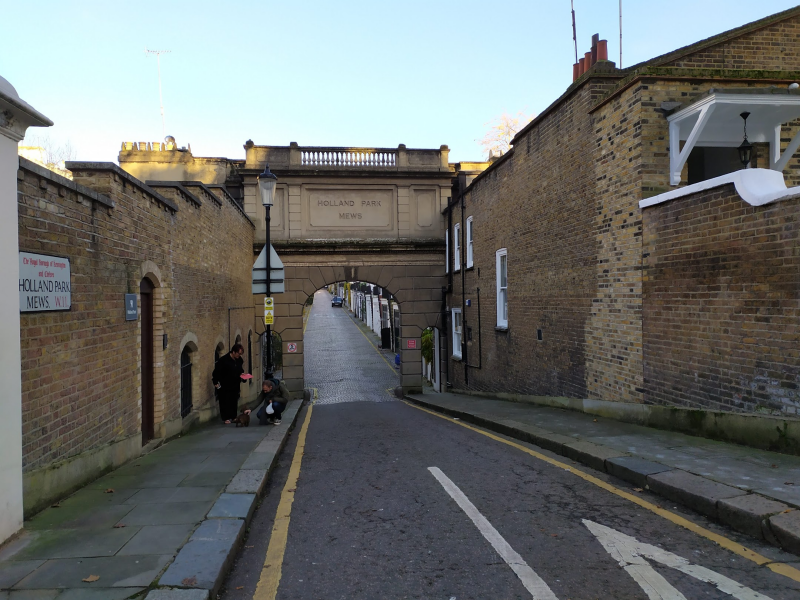
Along Ladbroke Road
The RAMBERT DANCE COMPANY has its origins here


BOWDEN COURT
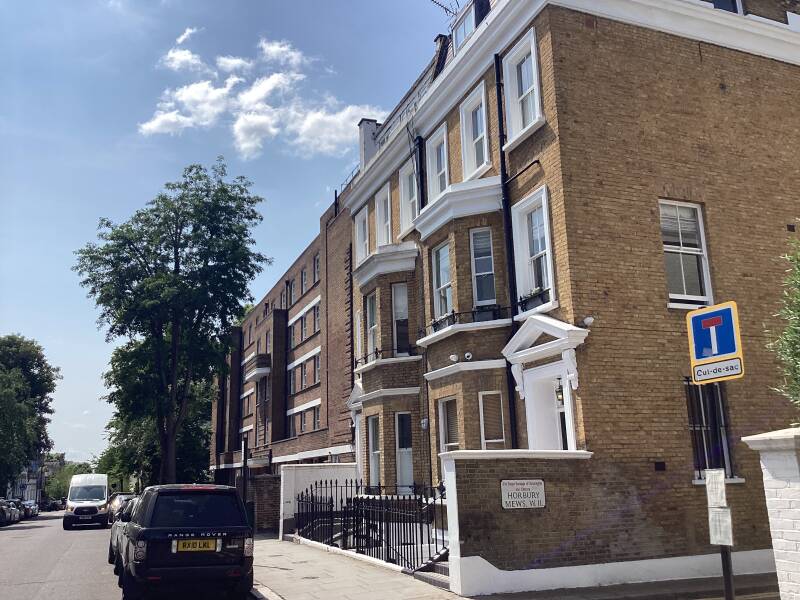
Built as a "young ladies" residence by Bradley's, the furriers.
It was used as a "wrennery" (wrens' quarters) during WWII. The Women's Royal Naval Service was formed in 1917. With the initials WRNS, they quickly became known as the Wrens and they made a significant contribution to both the First and Second World Wars. The WRNS remained an important part of the armed forces until it became amalgamated with the Royal Navy in 1993.
Later a civil service hostel. Now, a hostel
Former POLICE STATION

Former FIRE STATION

THE LADBROKE ARMS PH.
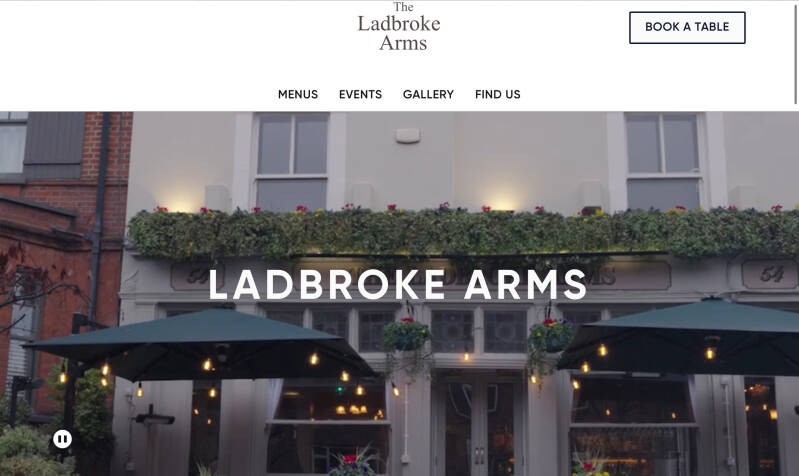
Lansdowne Road
LANSDOWNE HOUSE
An incredible Arts and Crafts assemblage by the architect William Flockhart dating from the start of the twentieth century. Flockhart was also the architect of a similarly impressive shopfront at 180 New Bond Street.
Constructed as purpose-built studios and residences for artists, the eight storey building was occupied by numerous creative types as recorded by the blue plaque on the side elevation. It is imaginatively sculpted: with projecting corner bays, stepping gable ends, generous irregular balconies, arches and windows of a wide variety of sizes, particularly large on the north elevation – which is perhaps where the studios were located. The building is now subdivided into flats and is Grade 2 listed.
Lansdowne Walk
No. 19 THE COSMIC HOUSE
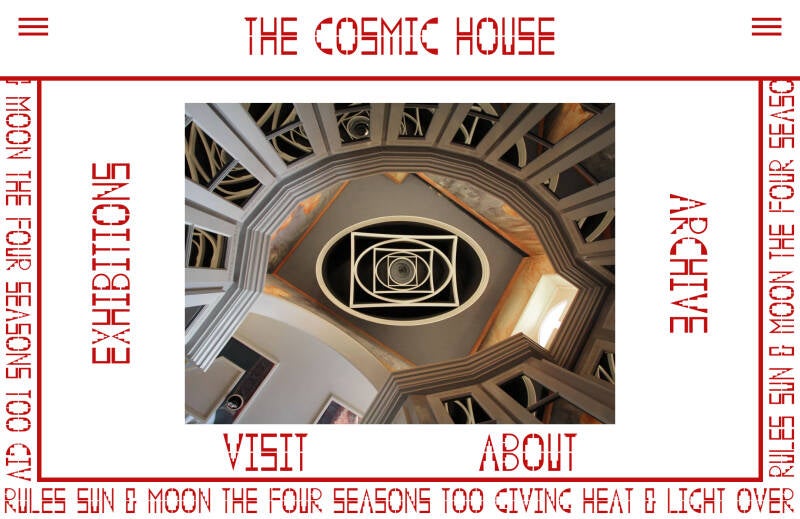

Or, along Holland Park Avenue

On the South side of Notting Hill Gate, CAMPDEN HILL (KENSINGTON)
Conservation Area
THE HILLGATE VILLAGE
Former DUNHILL FACTORY

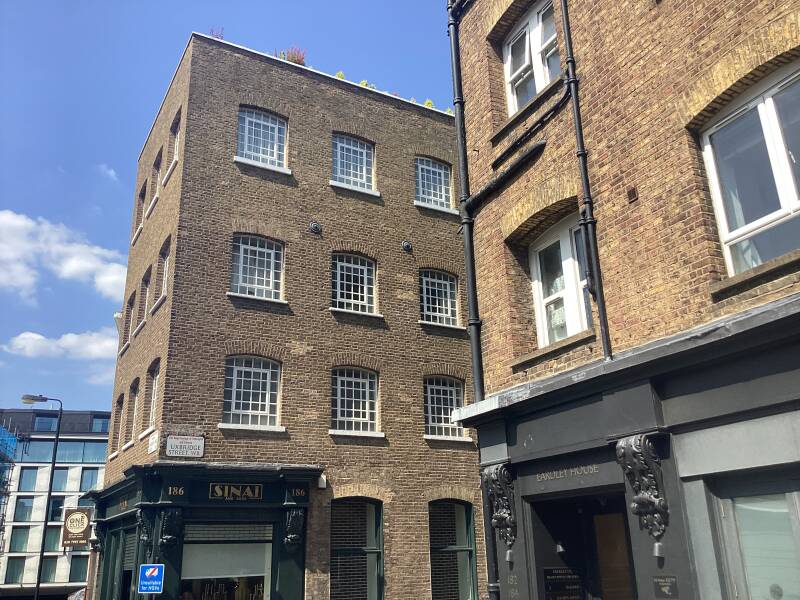
Campden Hill Square

No.2 ”MOUSE CASTLE”
The home of Mrs. Hilda Brackenbury at 2 Campden Hill Square, Kensington, London, became known as "Mouse Castle" because it served as a safe house for suffragettes, particularly those released from prison under the "Cat and Mouse Act" to recover from hunger strike
Aubrey Road and Aubrey WALK
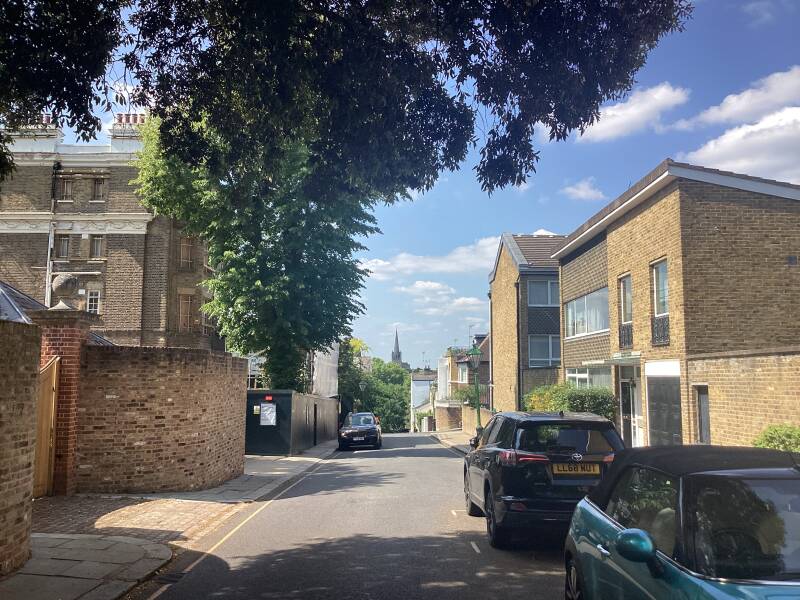
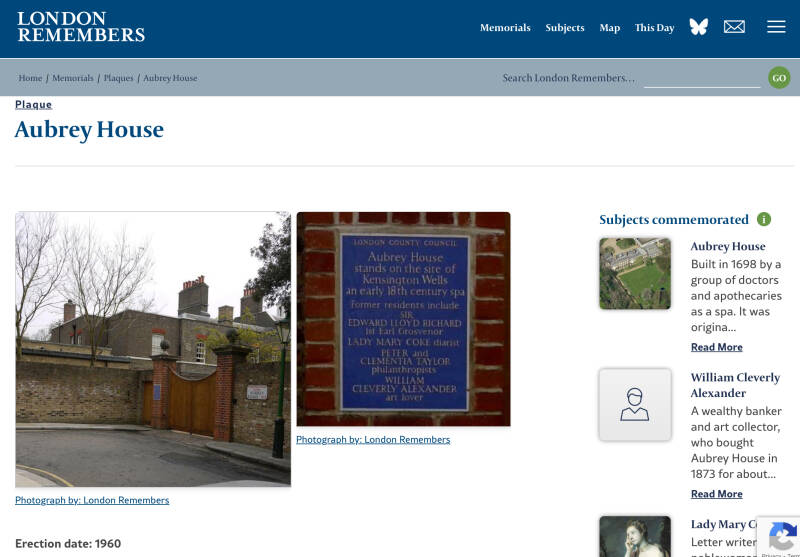
Aubrey Walk West to East
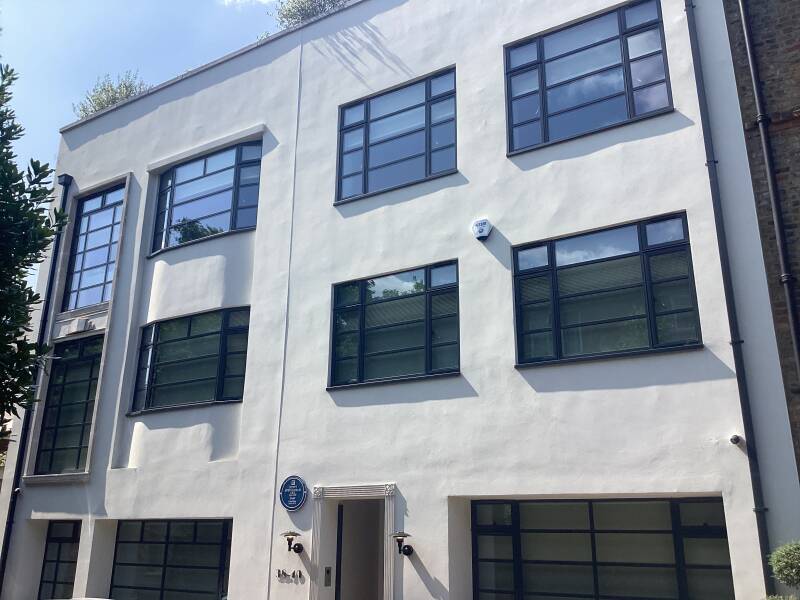




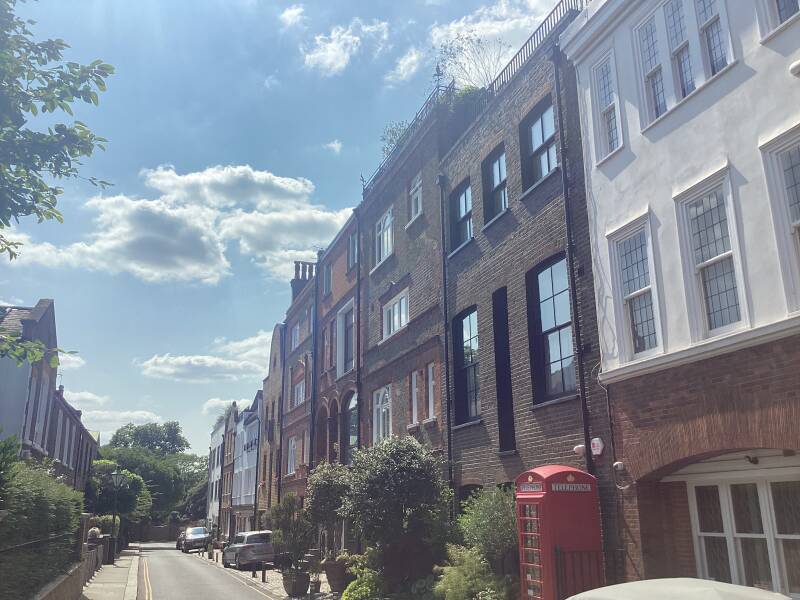
ST.GEORGE’S Church

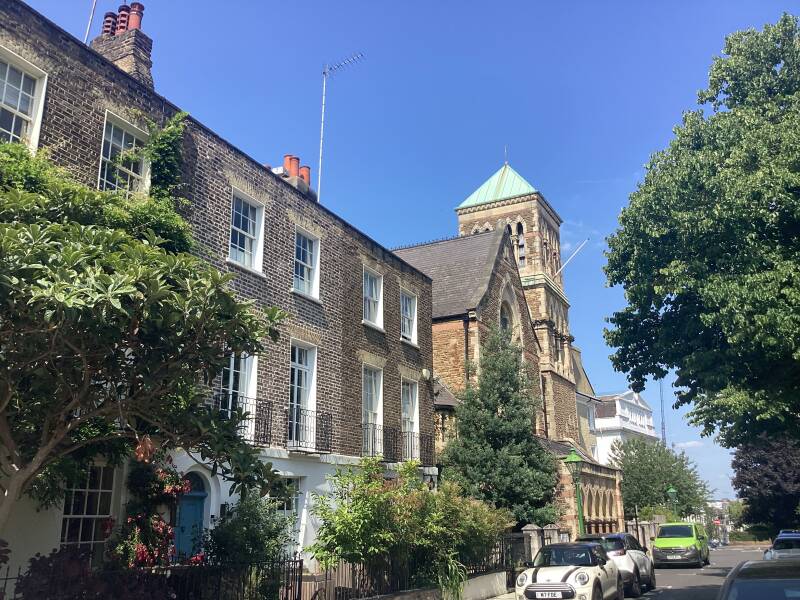
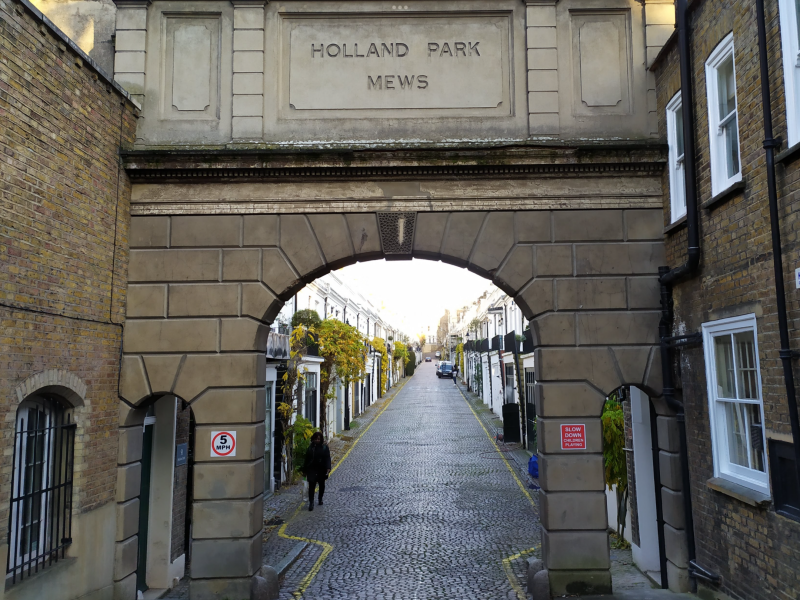
HOLLAND PARK
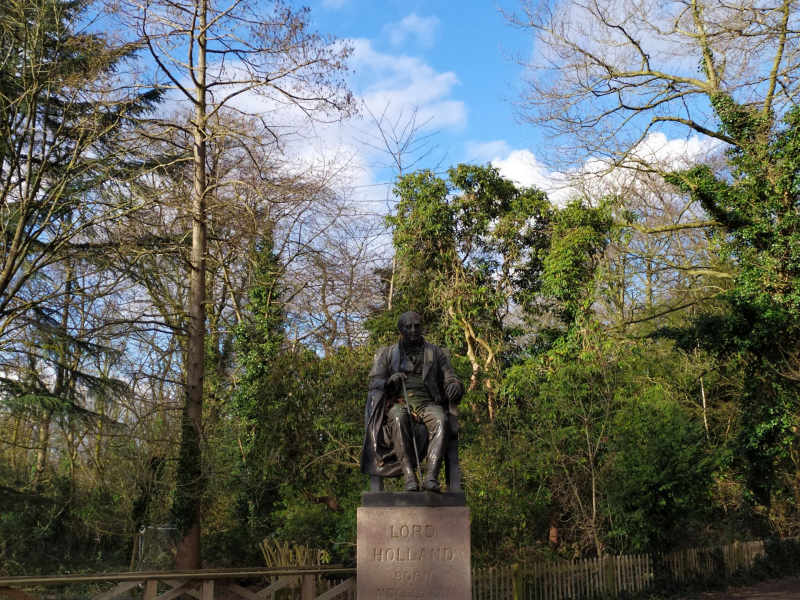
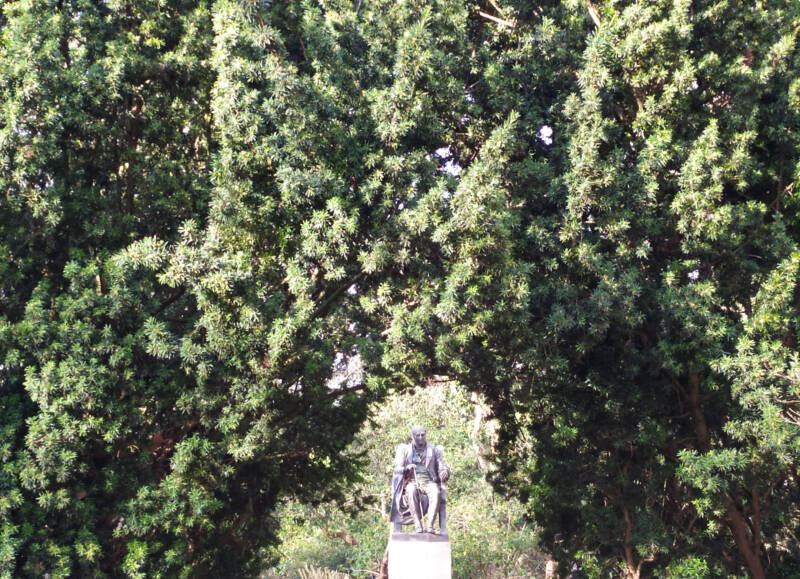
Remains of Jacobean HOLLAND HOUSE
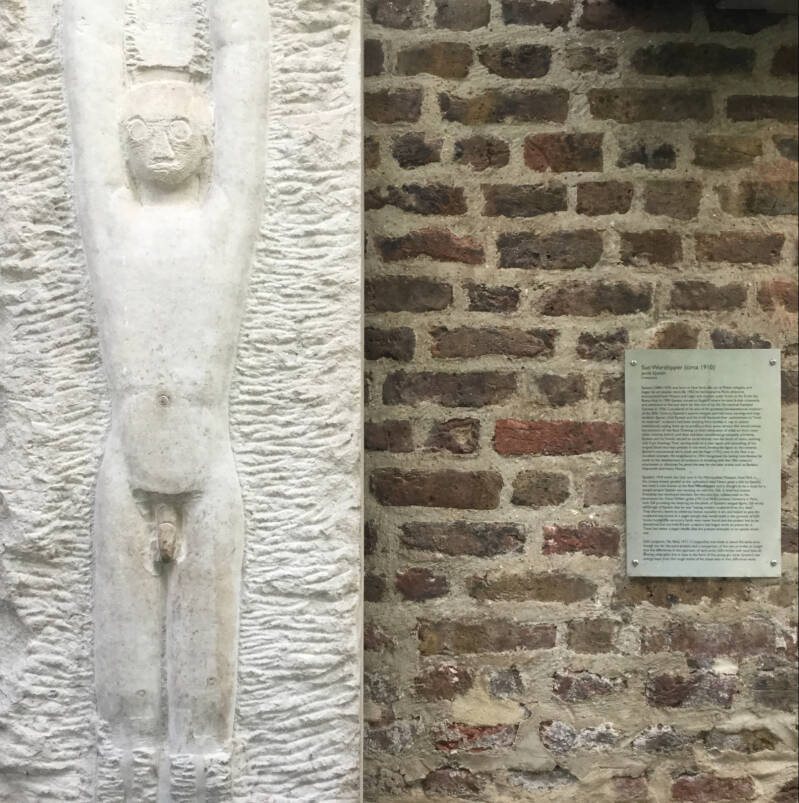
DESIGN MUSEUM
Back to the o original NOTTING HILL, alongside the N side of Holland Park Road


Shops and eateries


Norland Square
The name of the sqarden square, as well as the nearby Norland Place and Norland Road, come from the Norland Estate which is the historic name for the farmlands in the northern part of Kensington Parish. It was designed by architect and property developer Robert Cantwell, who laid out the area in 1837, and was constructed during the early Victorian era. Cantwell also oversaw the almost contemporaneous Royal Crescent, which was likewise developed from the old Norland Estate. Since the 1820s, Cantwell had been involved in development plans for the larger Ladbroke Estate to the north.[4
Queensdale Rd.
Addison Ave.
Named after the early 18th-century writer and politician Joseph Addison who lived at nearby Holland House. The Holland Estate was gradually redeveloped for housing although Addison Avenue was actually built on the adjacent Norland Estate. It was developed during the 1840s by the architect and property developer . It was designed with a vista towards St James' Church
St.James’s Gardens
ST.JAMES’S NORLANDS Church

A detour, further W
HOLLAND PARK SYNAGOGUE

It was founded in the early 20th century by a community of Sephardi Jews who had come to England to better themselves economically when they foresaw the decline of the Turkish Empire.
They lived first in the City of London and gradually made their way west as more and more families arrived, mainly from Salonika in Greece and Constantinople (now Istanbul) in Turkey.
St.Anne’s Villas
The land was part of the Norland Estate which was redeveloped in the early Victorian era into affluent housing for the expanding population of London. Addison Avenue and Norland Square were both laid out around the same time as St Ann's Villas. The barrister and former Member of Parliament for Penryn Charles Stewart was heavily involved in the development.
The southernmost stretch of St Ann's Villas continued the original style of Robert Cantwell but on reaching Queensdale Road the architectural style changes. Built as semi-detached villas in the Tudor Gothic style, it provides a distinct contrast to the rest of the estate, which uses white stucco terracing. A number of the buildings are now Grade II listed.The music hall performer Albert Chevalier was born in the street in 1861 and is now commemorated by a blue plaque.
The name may refer to a planned but never built St Ann's Church for the new development. Instead the church serving the new district St James' Church was located in the nearby St James' Gardens.
The street continues north as St Ann's Road for some distance, then becomes Bramley Road shortly before reaching Latimer Road tube station. Also first laid out in the Victorian era, very few of the original buildings now survive.
Royal Crescent
Designed in 1839, The Royal Crescent is one of the most architecturally interesting Nineteenth Century developments in Holland Park. Evidently inspired by its older namesake in Bath, it differs from the Bath crescent in that it is not strictly a true crescent but rather two quadrant terraces each terminated by a circular bow in the Regency style, rising as a tower, a feature which would not have been found in the earlier classically inspired architecture of the 18th century which the design of the crescent seeks to emulate. The plan of the Royal Crescent was the design of the planner Robert Cantwell, and it was the need for the newly fashionable underground sewers which caused the crescent to be designed in two halves rather than any consideration for architectural aesthetics. On early maps it is marked as Norland Crescent.[1]
The stucco fronted crescent is painted white, in the style of the many Nash terraces which can be seen elsewhere in London's smarter residential areas. Today many of these four storey houses have been converted to apartments, although a few remain as private houses.
Behind the terraces is the Royal Crescent Mews. The Mews is a part-cobbled cul-de-sac off Queensdale Road in the Royal Borough of Kensington and Chelsea. It contains 34 properties used for residential purposes. It is part of Kensington's Norland Conservation Area; first designated in 1969, it contains Royal Crescent, Norland Square and St. James's gardens. Building of the area began in the 1840s and was completed just fifteen years later. It contains linked terraces and is largely urban in style

Why not eating here?
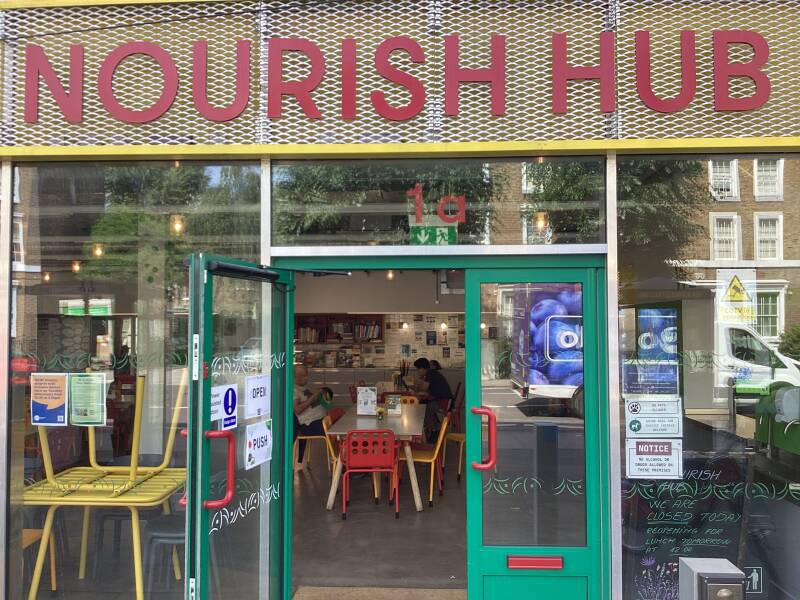

Back to the route
Penzance Place
Former WEST LONDON TABERNACLE, now ISLAMIC UNIVERSAL ASSOCIATION
Originally erected in the 1860′s by Mr Varley, a Baptist businessman who wanted to preach in the neighbouring Potteries, it was later used as an industrial warehouse.
In the last 20 years it has found a new religious use, as an Iranian Shia Mosque and the headquarters of the Islamic Universal Association.
Penzance St.
1996. OSSIE CLARK, murdered.
By the late-seventies, his fortunes went into a downward spiral. Never a good businessman, Clark now found his clothes decidedly unfashionable. The Kings Road was now enthralled with the punk revolution and its accompanying homemade fashion.
By 1983 he was declared bankrupt after the Inland Revenue claimed 14 years of back tax. He lost his house and had to live with friends until, eventually, the DHSS re-housed him in a small council flat in Penzance Street, Holland Park.
In 1995 Clark invited 27-year-old Italian Diego Cogalato to move into his one-bedroomed council flat. Just eighteen months later – on 7 August 1996 – Cogolato called 999 and said to the operator “I think I’ve killed someone”.
David Hockney’s famous painting Mr and Mrs Clark and Percy was given to Ossie and Celia as a wedding present. Ossie, later in his life and needing the money, sold it to the Tate Gallery for just seven thousand pounds. It is now one of the most famous British painting and worth millions.
Former EARL OF ZETLAND P. H.
The Earl of Zetland pub in Notting Hill, located at 116 Princedale Road, is permanently closed. The building, once a pub, is now a mixed-use building with offices and a flat. The pub was known for its well-kept beer and was a Charrington local. It was also featured in Michelangelo Antonioni's film "Blow Up".
Notting Dale
The site was formerly agricultural land belonging to two farms, Notting Barns and Portobello, together covering 400 acres (160 hectares). The area then went through several industrial stages, such as pottery, before becoming overrun with pig farming and other "noxious" trades, all of whom were required to move out from their former inner city locations. This gave rise to area's nickname of "The Pigs and the Potteries".[3] The area became known for appalling living conditions; in the mid-19th century, it fell into disuse and disrepair.[4] By the late 19th century Notting Dale began to be developed for residential purposes, and also became known for its Irish Gypsy community.[3][5] It is now home to a mix of public and private housing.
A BOTTLE KILN. THE POTTERIES and THE PIGGERIES
London is built of clay bricks, made from the clay soil on which London is built. Highbury Wildlife Garden has a map showing the extent of the clay under this part of England. So wherever some development was taking place brick 'factories' would be set up where the clay was near the surface. The clay was dug out and shaped into bricks which were laid out to dry and then fired in a kiln. On London Remembers we already have references to the Somers Town brick kilns and Kiln Lane in Highgate. But this is the first surviving kiln that we have seen in London. Londonist have a good post on London bricks.
In the 18th c. the first brick makers. Tiles and pottery were manufactured here later on. They were mainly Irish labourers (from the same extraction of those building the canals, the Navvies)
Then, 19th c. Pig keepers. Chimney sweeps, violin makers
First the population was mostly honest and industrious, but then acquired a reputation of less honesty. Dubious characters.
Some were people made homeless from elsewhere due to slum clearances.
A shanty town, no building controls. 1849. Cholera outbreaks.
A plague spot, according to CH. DICKENS, who raised awareness: SILVER STREET CHAPEL and HORNTON STREET CONGREGATION. MOTHERS’ SOCIETY started by. ARY BAYLEY
Articles by WH WILLS
When railways arrived the area started to receive attention.
Pigs removed in 1878. First drainage. Improved housing.
Now, the kiln is a focal point of MICHAEL BROWN ASSOCIATES’ development
1893.The West End Avernus
The “Ocean”, now AVONDALE PARK



Excavations to extract earth gave way to lakes of stagnant water. Refuse and offal for feeding the pigs dumped in the lake. Humans, living in shacks , and sharing with pigs
The OCEAN was one of the lakes, covering nearly 1 acre. Stinking slurry. Clay sludge. Pigswill
From RBKC: "Avondale Park, at the top of Pottery Lane, was created in 1892 when the area that had been a huge fetid pool known as "the ocean" was finally built on. This former area of slurry was part of the notorious Piggeries as well as the location of tile kilns and brickfields. The site was purchased from the Adams family in 1889, and after the excavations, seven feet in depth, had been filled in, the park was formally opened on 2 June 1892. It was called Avondale Park in memory of the recently deceased Duke of Clarence and Avondale."And then in 1909 Mayor Robson gave the section north of the tennis courts.

Detour: North West of here
Conservation Area
Railways, a new boundary
NW of the LADBROKE ESTATE
One of the most degraded places of the metropolis.
CHARLES BOOTH. Disreputable classes, beggars, tramps, thieves. High mortality rates.
Now, HENRY DICKENS CT, AVONDALE PARK
Former ST.MARY’S MISSION HALL, artists studios?

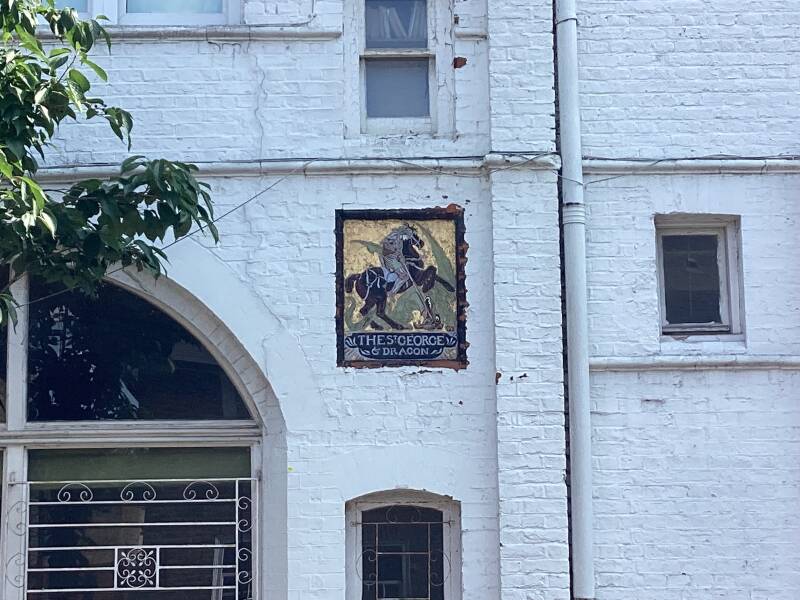
Homes for the heroes
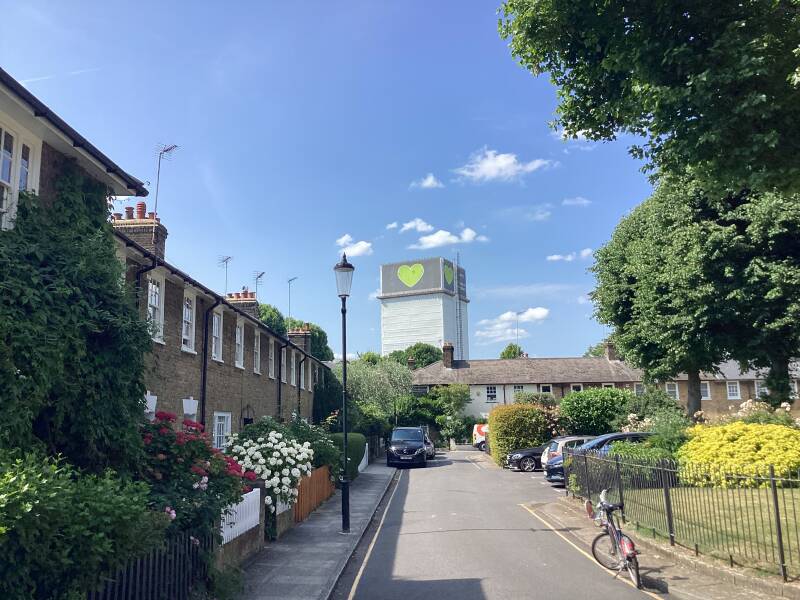

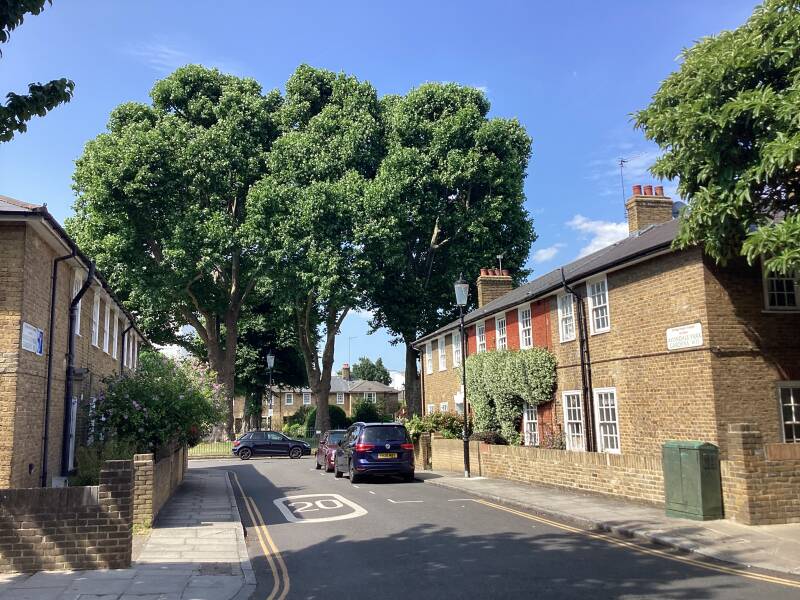
Walmer Road
WALMER YARD. Arch.PETER SALTER



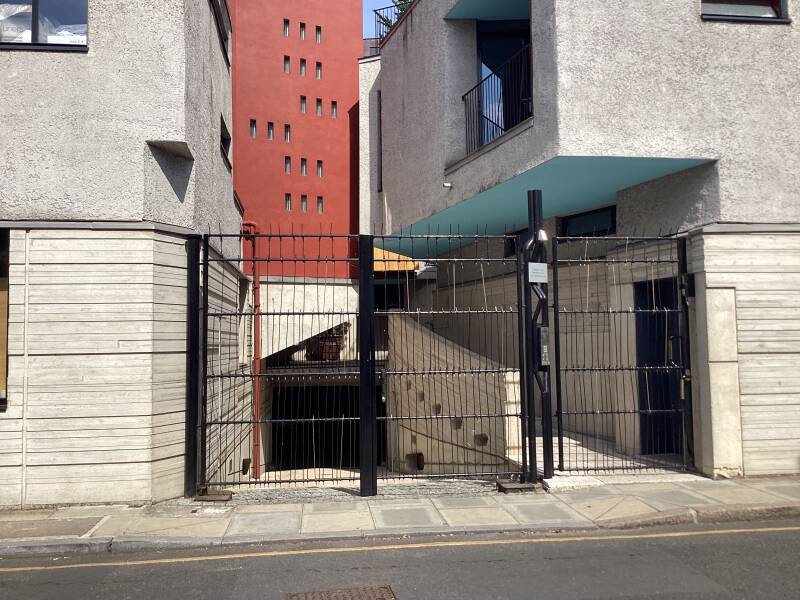
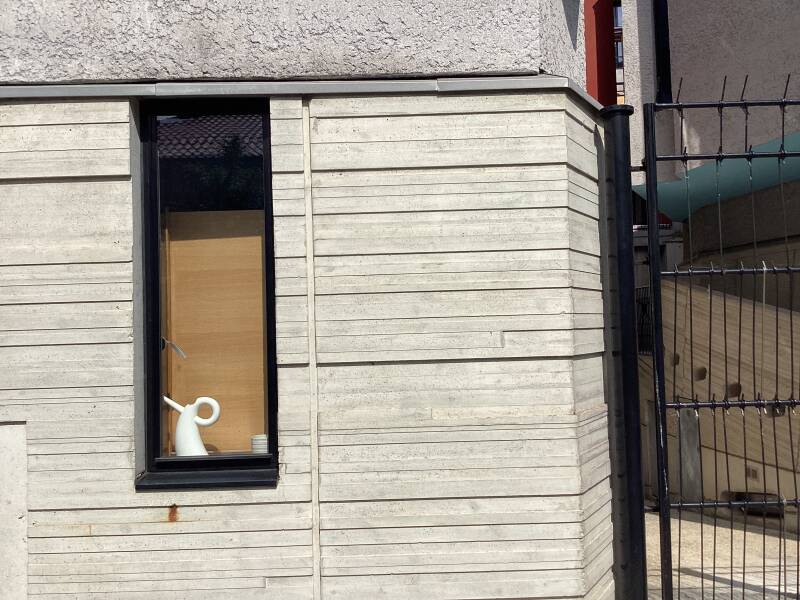
LATIMER ROAD LU Station
1958. Incidents that sparked the riots
RILLINGTON PLACE
JOHN CHRISTIE
Independent REPUBLIC OF FRESTONIA
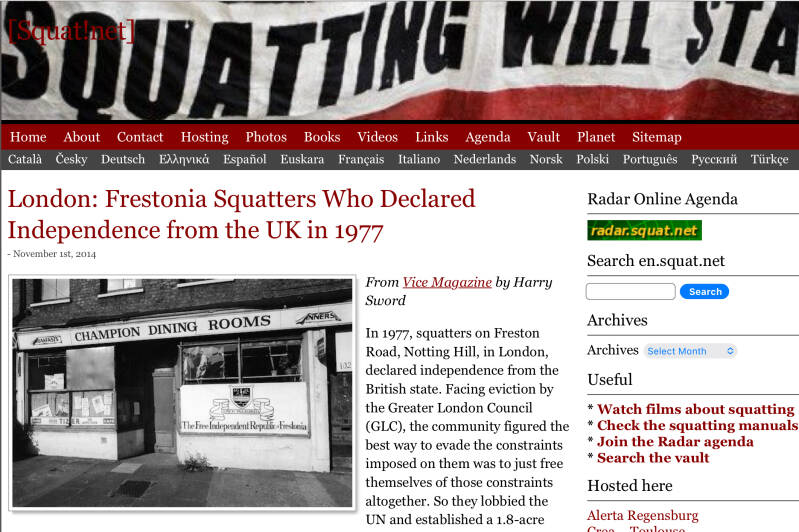
Houses in Freston Road were squatted for four years before the idea for a declaration of independence was floated. Drawn up by Nick Albery-a cultural agitator and, later, a Green Party candidate-the inspiration was the classic 1949 comedy Passport to Pimlico, in which an unexploded WWII bomb detonates, exposing an old document that declares Pimlico to be part of Burgundy and its residents honorary “Burgundians”-an identity they take to with determined, drunken relish.
The GLC decided that they were going to kick out all the dirty squatters, knock down the housing, and leave a field of rubble,” says Tony. “We weren’t very happy about that. There was no plan, no greater scheme for building alternative housing. They just wanted to clear the site.
“Nick was the father of the whole idea, along with David Rappaport and Heathcote Williams. There was also a chap called Mick Saunders who wrote Alternative London, a countercultural compendium of all the stuff that was happening in the 1970s. Those four cooked up the idea. They rented a 16-mm copy of Passport to Pimlico, set up a local screening for anyone who wanted to watch it, and said, ‘Shall we do this?’ And everybody said, ‘Well, yes, I suppose we could.’ It was an expedient response, one that came out of threat. But it was also a great bit of theater, and fantastic PR.”
On October 31, 1977, independence was declared. Thanks to the subsequent media attention, the GLC found it more difficult than ever to broach the subject of full-scale demolition. The head of the GLC, Sir Horace Cutler, wrote a letter to the residents stating that “if you didn’t exist, it would be necessary to make you up.” Nick Albery responded, “Since we do exist, why is it necessary to destroy us?”
GRENFELL

Sitting in the middle of an area with some of the highest property prices in Britain, Grenfell Tower was an indelible blot on the Royal Borough of Kensington and Chelsea’s Conservative Council and its vision for the area. It had tried to rehouse its working-class and ethnic minority residents for years with tempting offers of flats outside London in places such as Reading. It had ignored the residents’ complaints about the lack of fire extinguishers, sprinklers as well as faulty lifts and lack of accessible exits. In response, the Grenfell Action Group was formed. In 2013, the council threatened legal action, saying that the group’s online posts demanding action amounted to defamation and harassment.
In January 2016, the group warned that, in the event of a fire in the tower block, they would “do everything in our power to ensure that those in authority know how long and how appallingly our landlord has ignored their responsibility to ensure the heath and safety of their tenants and leaseholders”.

After the Avernus… back to route
Princedale Road
Victorian terraces, pastel-coloured .
Princedale Road in London is notable for being the location of the first office of the Release social welfare agency, founded in 1967 by Caroline Coon and Rufus Harris. The road also housed the offices of OZ magazine, a counterculture publication, and was a hub for alternative art. In the 1960s, Princedale Road was a center for the counterculture scene, and it has since evolved into a mix of residential and commercial properties near Holland Park. The road's past includes housing the White Defence League, a radical far-right group, before the counterculture movement took hold
No.52 Basement. Former HQ of OZ, underground publication
The Underground Magazine That Sparked the Longest Obscenity Trial in British History
https://www.atlasobscura.com/articles/oz-magazine-obscenity-trial
Former British National Socialist Movement HQ. COLIN JORDAN
No. 50 Former RELEASE HQ Help and advise, on drugs

The social welfare agency, Release., was founded in 1967 by the eccentric Caroline Coon and Rufus Harris had its first office here
Prior to this established location, Release operated much differently as it was a 24-hour telephone. However, this location on Princedale load shows its growth in the hippy and underground culture. In addition to interference with the government's militaristic ideals through public and active protests, Release represented political interference. The voluntary organization's core goal was to provide individuals charged with drug related crimes, relief and connect them with lawyers.[1] Youths with drug addictions and criminalized hippies with pot charges were amongst Release's main concern. Drugs were highly utilized in the underground sphere, leading to stigmatization and charges for drug possession which were steep. Notably illegal drugs were not common in London until 1959 when counterculture movements began to utilize and celebrate cannabis usage.[2] Released advertised itself to hippies both in the media and at local rallies for marijuana decriminalization, reaching the people who would most likely require Releases' assistance.[3] Two years following Release's start, it assisted in 2,000 cases with an 85% success rate.[4] Caroline Coon and Rufus Harris opted to provide the accused with legal advice and legal resources with a 24-hour telephone line, as Coon explained that she "knew that Release had to be 24 hours because police were busting youths in the middle of the night."[5] Due to the voluntary nature of Release, it required outside funding to maintain operations. Notably, these donations were acquired from prominent members of alternative lifestyles, such as John Lennon and Yoko Ono who simultaneously utilized Release for their own drug related case. In addition to providing relief for those accused of drug possession, Release maintained a implicit message. This message was a blunt critique of harsh government drug policy and its intolerance.[6]
Clarendon Cross
JULIE’S RESTAURANT
Favourite of original NH Bohemians. Glam hippy at. F. by PORTOBELLO HOTEL owners.
M D F & C T
Pottery Lane
ST.FRANCIS OF ASSISI Church
Rev. Rawes, Oblates
H. CLUTTON. J.F.BENTLEY. Assistant. Additions.
French Provincial.
Furniture. Crafted exquisitely. BENTLEY, first assistant then own extensions.
Alabaster altar. Miniature columns. Huge capitals. Inlaid marble.
HUBERT, WESTLAKE panels.
Intricate main altar and piscina. Offertory box.
Stations of the cross.
Statue of OUR LADY by PHYFFERS, from ANTWERP (Palace of Westminster)
Baptistery, a masterpiece, expression on Victorian spirituality.
BENTLEY converted, taking the name FRANCIS, being the first to be baptised here by CARDINAL WISEMAN. The architect donated parts of the font.
Irish immigrants, first. Then Philippinos and Eritreans.
Portland Road
built as a speculative development in the 1850s. The road has been noted for its division into three sections of different wealth: the section between Holland Park Avenue and Clarendon Cross/Hippodrome Place being one of the most expensive places to buy a house in London, a section of terraced houses further north being also very expensive but less so than the lower reaches of the road, and a section at the northern end that was once slums and is now working class social housing and is described as being north of an "invisible line" that divides it from the privately owned sections of the road.
BBC. Social housing - Victorian houses (£12.000 to £2 million!!!)
Classy shops
Hippodrome Place, Hippodrome Mews?. A RACECOURSE named THE HIPPODROME
A hippodrome is a stadium used for horse or chariot racing in ancient Greece and Rome.The word "hippodrome" comes from the Greek words for "horse" (híppos) and "course" (drámos). While the term is now associated with ancient history, the name is also used for modern entertainment venues
1837. 140 acres of the LADBROKE ESTATE. WHYTE, with LORD CHESTERFIELD and COUNT D’ORSAY. Entrance on site of PEMBRIDGE ROAD. Times of building slump.
Watching from the hillock (church).
Criticism came early when the place attracted the wrong public.
The course was changed in order not to affect old paths.Almost a light-bulb shape, up to LITTLE WORMWOOD SCRUBS. Called VICTORIA PARK.
But, anyway, the heavy clay track was hated by hockeys
1842. Finally closed.
Clarendon Road
BEATLES’ “A HARD DAY’S NIGHT” film location
AHDN.They run in/out of the police station
“ABSOLUTE BEGINNERS” film location
Riots
Clarendon Cross
CLARENDON WORKS
For tips on how to modernise industrial architecture in London, look no further than Clarendon Works. This Victorian brick-making factory is an iconic building in Notting Hill, with its cavernous proportions and red brick exterior. It’s also an impressively wide house, packing in over 4,000sqft of space, four bedrooms, three bathrooms and three living rooms.
OCTAVIA HOUSING TMO
Casa. Ruz
Former THE BRITANNIA PH.
50. EMMELINE and CHRISTABEL PANKHURST lived here

From Culture24 "When the First World War started the Suffragettes declared a truce and Emmeline Pankhurst adopted four ‘war babies’, children born out of wedlock, which she raised in her rented home at Clarendon Road. She later opened a nursery and adoption home for female orphans in nearby Aubrey Road."
Suffragettes
A suffragette was a member of an activist women's organisation in the early 20th century who, under the banner "Votes for Women", fought for the right to vote in public elections in the United Kingdom. The term refers in particular to members of the British Women's Social and Political Union(WSPU), a women-only movement founded in 1903 by Emmeline Pankhurst, which engaged in direct action and civil disobedience.[2][3] In 1906, a reporter writing in the Daily Mail coined the term suffragette for the WSPU, derived from suffragistα(any person advocating for voting rights), in order to belittle the women advocating women's suffrage.[4] The militants embraced the new name, even adopting it for use as the title of the newspaper published by the WSPU.
EDDY GRANT EQUALS COME TOGETHER, 1968 Record BABY COME BACK
Lansdowne Rise
THE LADBROKE ESTATE

1820. JAMES WELLER LADBROKE. . Until then entirely rural. The heavy clay soil was destined to became bricks!
Both the main designers of the estate, Thomas Allason (1790-1852) and Thomas Allom (1804-1872) were well-known landscape artists as well as architects. Allason, commissioned by the Ladbroke family to begin the layout here in 1823, worked with the famous J B Papworth at Cheltenham. It was the fashionable air of Cheltenham’s Lansdowne and Montpelier estates that the designers hoped to bring to this dangerous building venture beside the Piggeries and Potteries of north-west London. JAMES THOMSON, PAP. pupil.
STOP GAP DEVELOPMENT. In the event it took nearly fifty years to find buyers for all the houses, and the succession of grinding halts brought ruin to the main developers. But Allason’s and Allom’s design evolved unscathed. Indeed, the ruin of successive developers only added variety to the layout. This remained true to the spirit of rus in urbe which had inspired Wood’s Bath, Nash’s Regent’s Park and Papworth’s Cheltenham. There were classical groves alternating with tiers of leafy crescents, stucco villas alternating with plain brick terraces.
Detached villas, semi-detached. Terraced descending the hill side, in a series of sweeping cresc.
Early restrained design. Florid ITALIANATE style, later
DESTINED FOR.. Middle classes. Professionals and army officers. Servants could only enter the gardens accompanying a member of the family.
But in 1861, signs that things were not going well: some houses divided. Others, converted into schools.
No takers for the houses closer to the POTTERIES. Unoccupied houses. LADBROKE GARDENS called COFFIN ROW. 1870s.
Some speculators lost a lot of money (DR.SAMUEL WALKER). Houses unfinished and in ruinous conditions.

The route follows Lansdowne Crescent. Explore yourself other roads!
Blenheim Crescent
Rows of pretty coloured houses backing onto communal gardens.
Elgin Crescent
79. OSBERT LANCASTER, artist
95, KATHERINE MANSFIELD, writer
60. JAWARHARLAL NEHRU, first PM of India
86. LAWRENCE OLIVIER, actor & director
Lansdowne Rd.
HOWARD STAUNTON, chess champion lived here
91
NOTTING HILL FL?
Rosemead Road
ROSMEAD GARDEN
MONTPELLIER GARDEN. 1977
LANSDOWNE COURT. GLASS BRIDGE

Lansdown Crescent
SAMARKAND HOTEL. 1970. JIMI HENDRIX. His last hours…

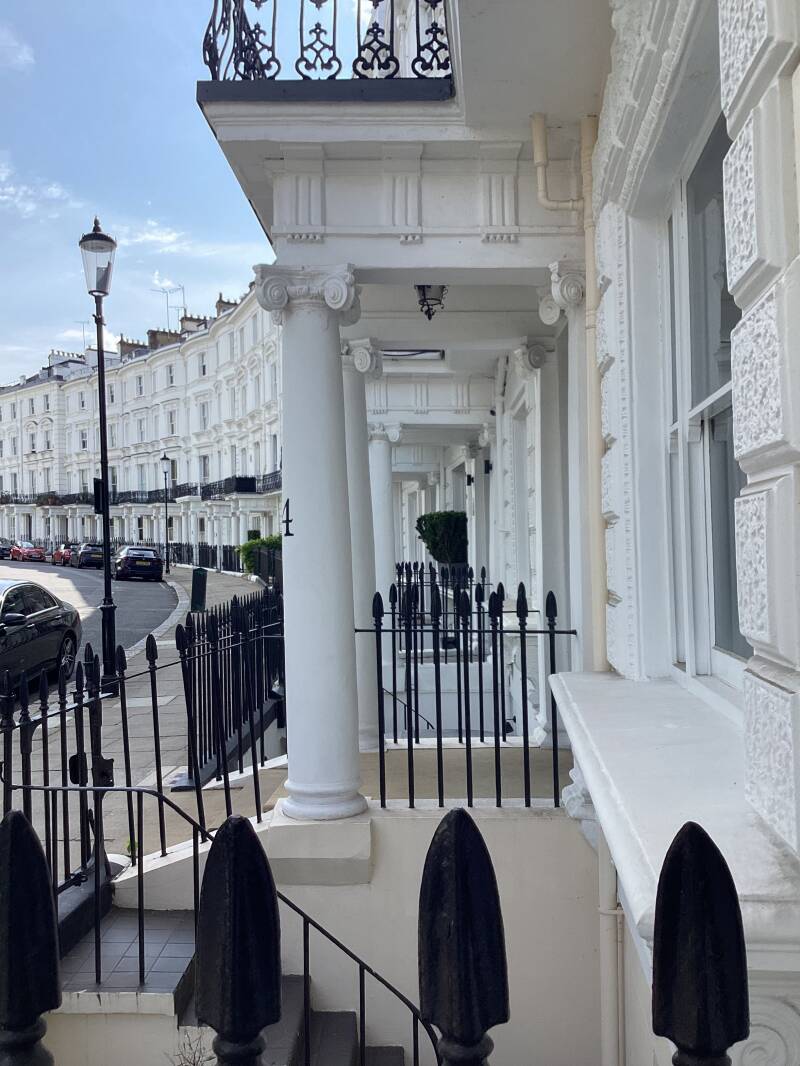
CUMBERLAND HOTEL. Oxford St.

Last days. Smoking flat. From flat to flat, from club to club. His last gig was in RONNIE SCOTT’S. Goes to KENSINGTON MARKET, where FREDDIE MERCURY was a stall holder, returns to his girlfriend’s room. Last time he was seen, in ROY STEWARD’s GLOBE BAR (103 TALBOT ROAD) and/or the MANGROVE.
Here, at the basement of the SAMARKAND HOTEL, after taking barbiturates and sleeping pills… police is called, then ambulance, taken, still alive , to ST.MARY ABBOT’s HOSPITAL
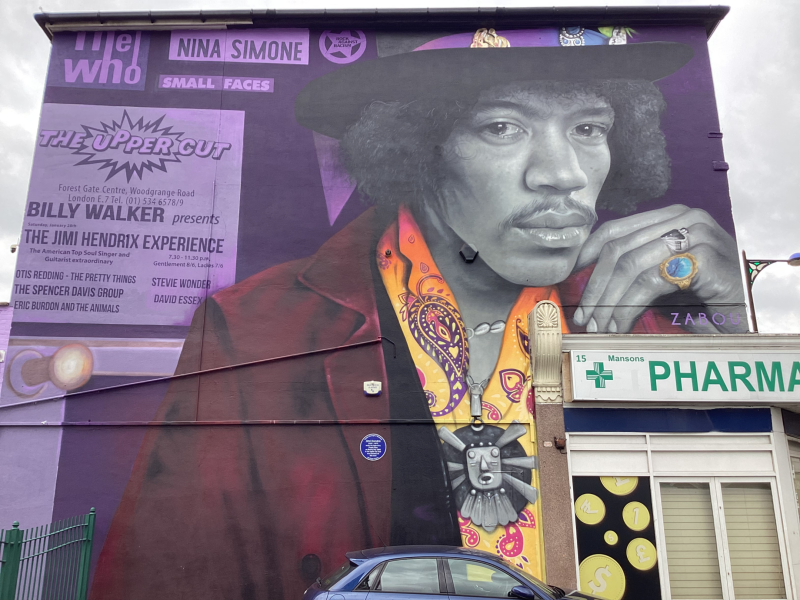

IRMA KURTZ
3 of the era’s leading revolutionaries were sheltered in her house: HANS WERNER HENZE DANI COHN-BENDIT and RUDI DUTSCHKE

The short route takes you along Ladbroke Gardens, Stanley Crescent, and Stanley Gardens
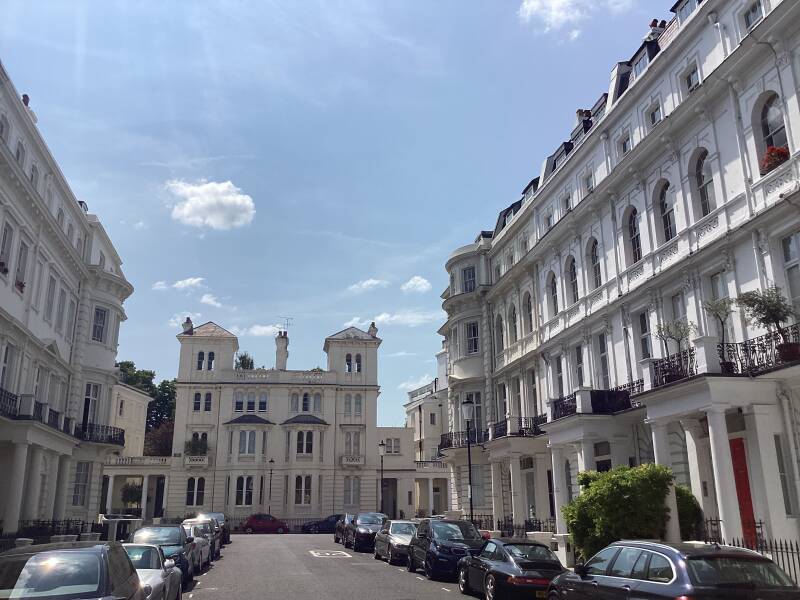

PORTOBELLO HOTEL


N
Now, the long route!
After JIMI HENDRIX’s hotel, the long and uphill route
Ladbroke Grove
Main N-S axis. The summit, Surveyor James Thomson, has oval form, with to crescents, STANLEY and LANSDOWN
ST.JOHN’s Church
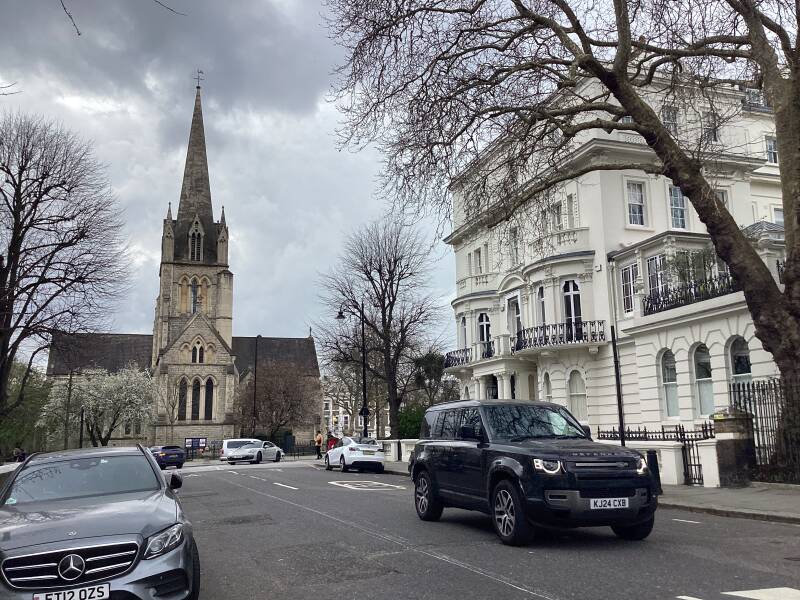

A church was a must in such a ew handsome suburb, as important as drains and lighting. giving respectability. The first ch. built N of BAYSWATER/UXBRIDGE ROAD
Here, as in many other suburbs, MEDIEVAL EARLY ENGLISH Gothic. . Ragstone, contrasting with stucco.
Later on, a CLASSICAL church: ST.PETER’S.
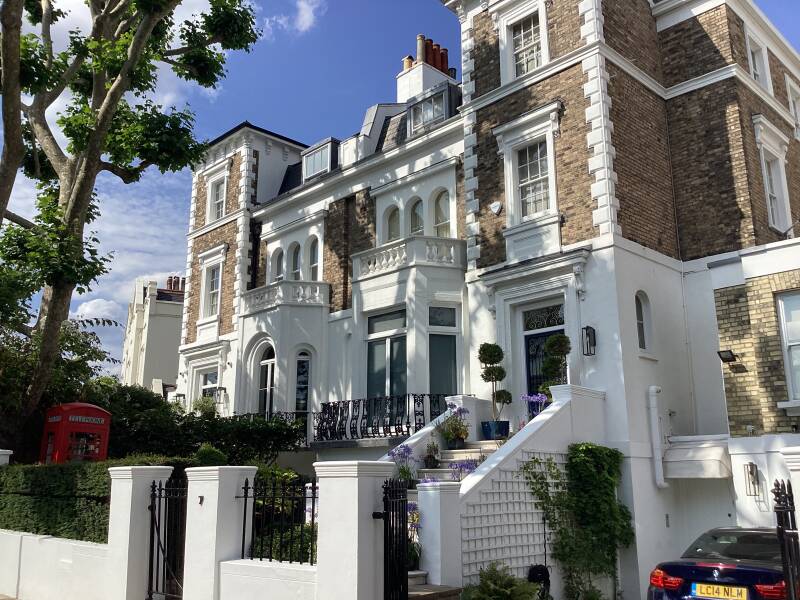
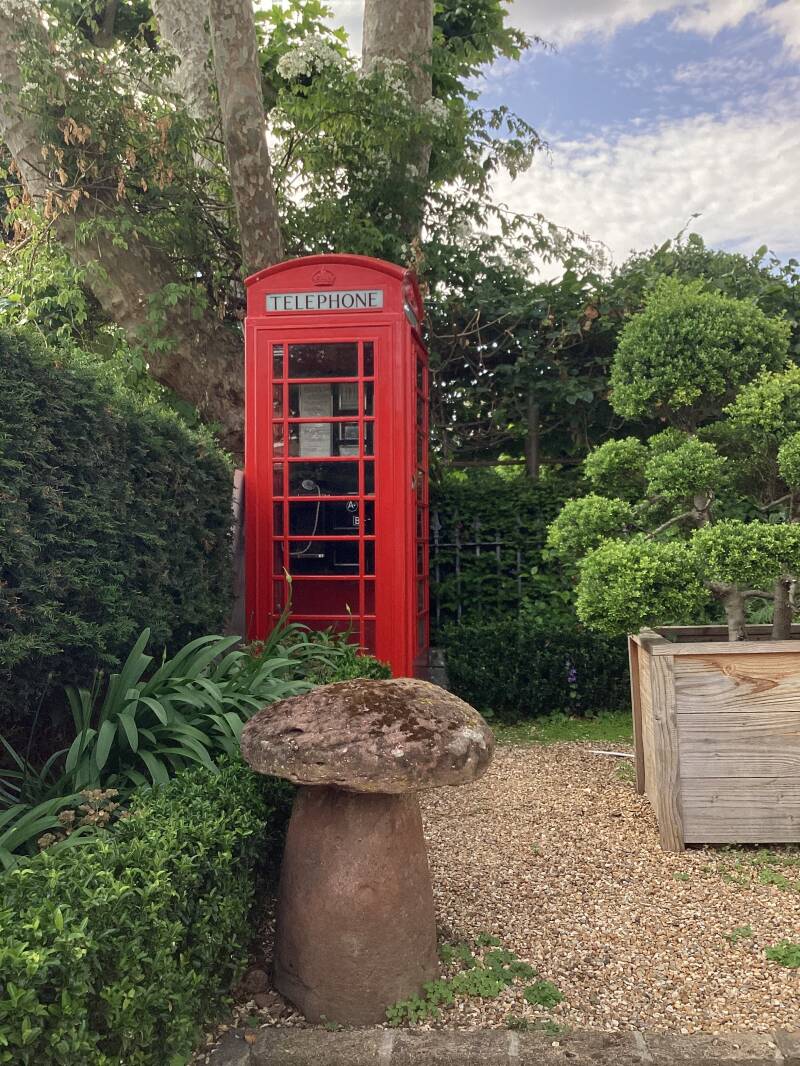

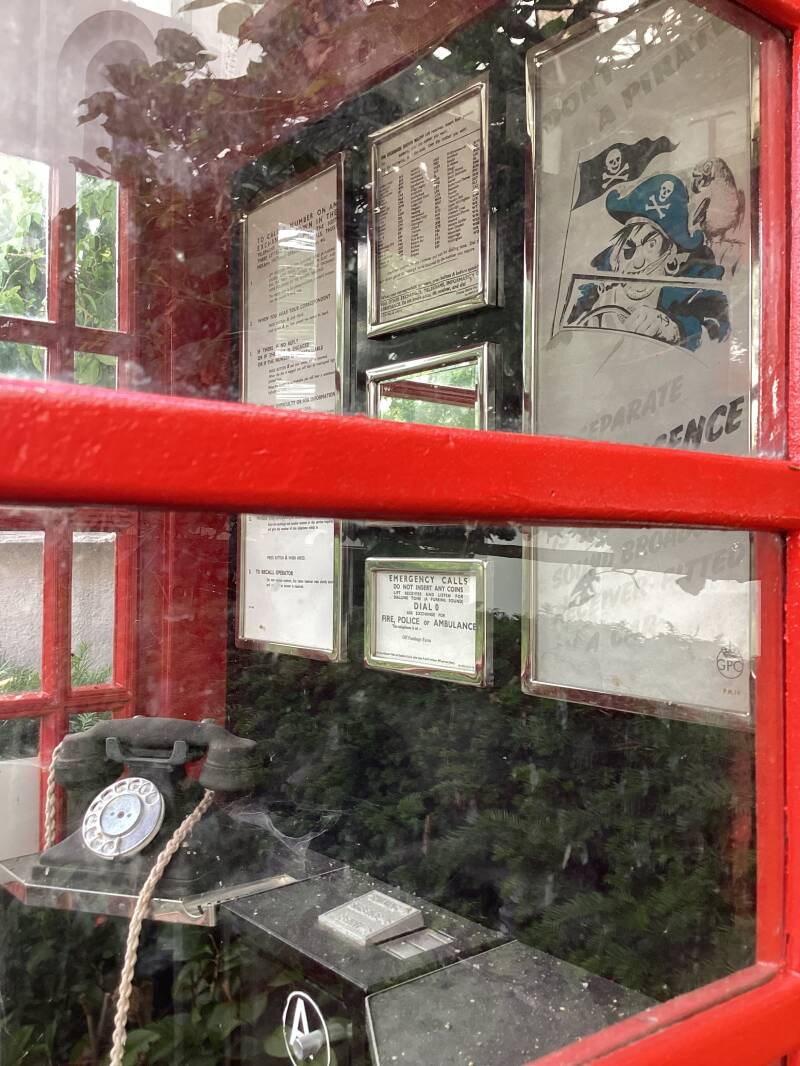

65. 1930s architecture: Modernism
By EDWARD MAXWELL FRY, 1938. A change of style!
46. Site of PUSHKIN CLUB
F. Y Russian emigres and British enthusiasts in 1955.
Readings and lectures, especially poetry from Pushkin’ stiles to the present

Little detour
LADBROKE SQUARE GARDENS
The largest of the 13 communal gardens
It was in the design of the fifteen communal gardens that Allason and Allom showed their greatest inventiveness. For two centuries the London square had faced outwards: terraces of private houses faced their private communal garden across a noisy and sometimes dangerous strip of pavements and roads. Allason and Allom turned the London square inside out, or (to be more precise) outside in. The rows of villas and terraces were designed to back onto communal pleasure grounds separated only by small private gardens. The pleasure grounds were thus more private, safer and more accessible to the residents. The Ladbroke estate remains the best example in the world of a miniature garden city designed on this delightful principle.
Kensington Park Gardens (road)
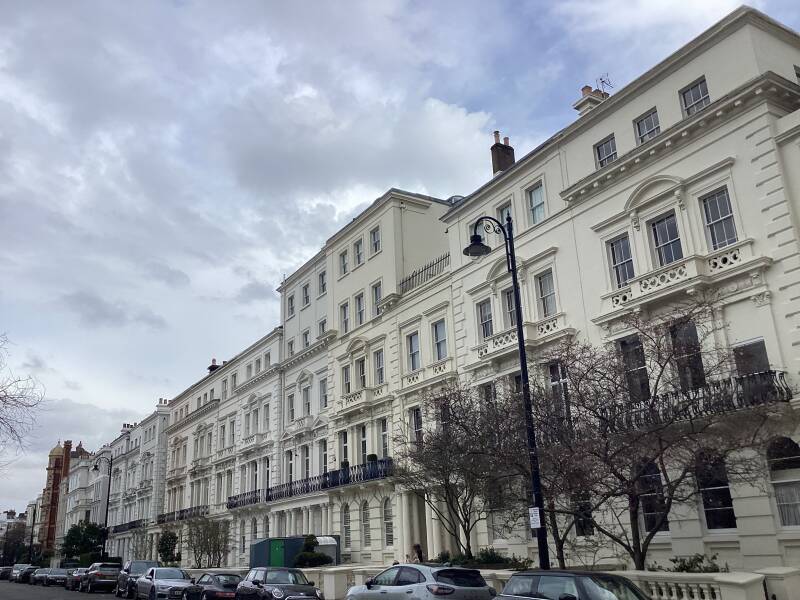
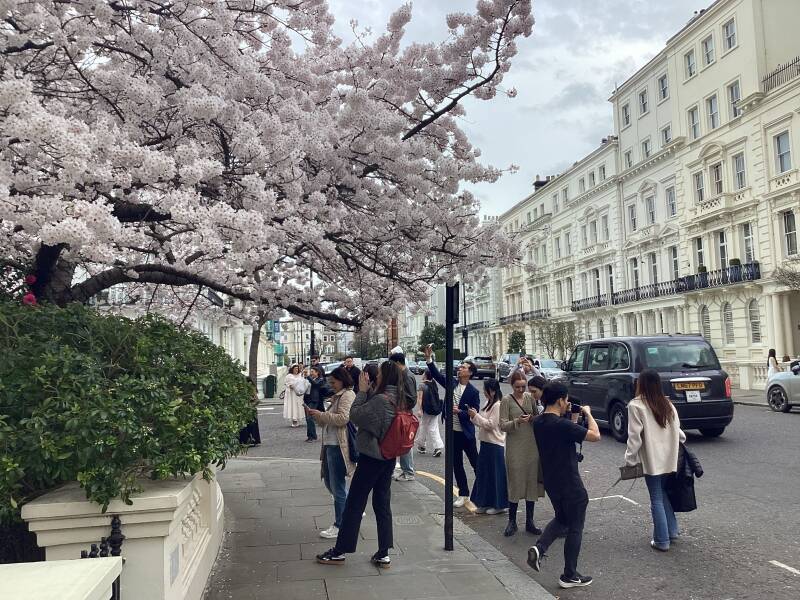
The “real Peter Pan”’s family lived here
Thomas Allom
Architectural war?: red brick vs.white stucco
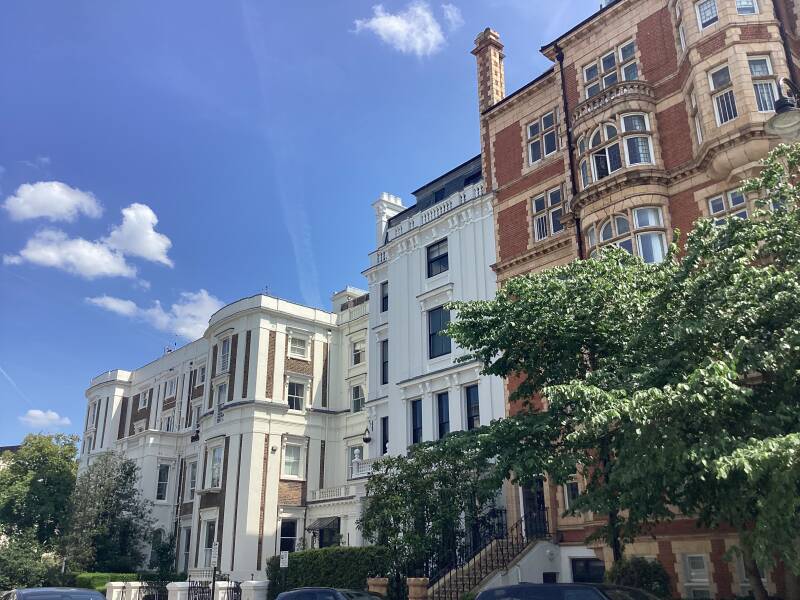
MICHAEL IBRU lived here
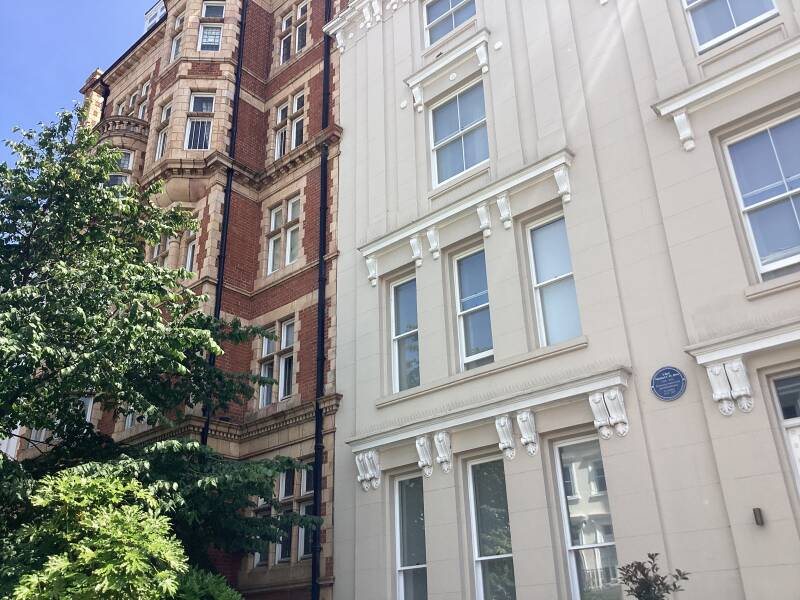
The Ibru family are the ones behind the Ibru Organization which was established in 1956. The organization is one of the largest conglomerates in the country with over 10,000 employees.
The organization has diversified business interests which include shipping, agriculture, aviation, banking as well as oil and gas.

Nubian Jak Community Trust (NJCT) is a commemorative plaque and sculpture scheme founded by Jak Beula that highlights the historic contributions of Black and minority ethnic people in Britain. The first NJCT heritage plaque, honouring Bob Marley, was unveiled in 2006 after "two years of research and behind the scenes negotiating".[1][2] The scheme has been run and managed by the not-for-profit organization Nubian Jak Trust Ltd since August 2016, with a remit to commemorate and celebrate the diverse history of modern Britain. Its objectives include the promotion of social equality and to encourage activities that promote cultural diversity in society.
SIR WILLIAM CROOKES lived here
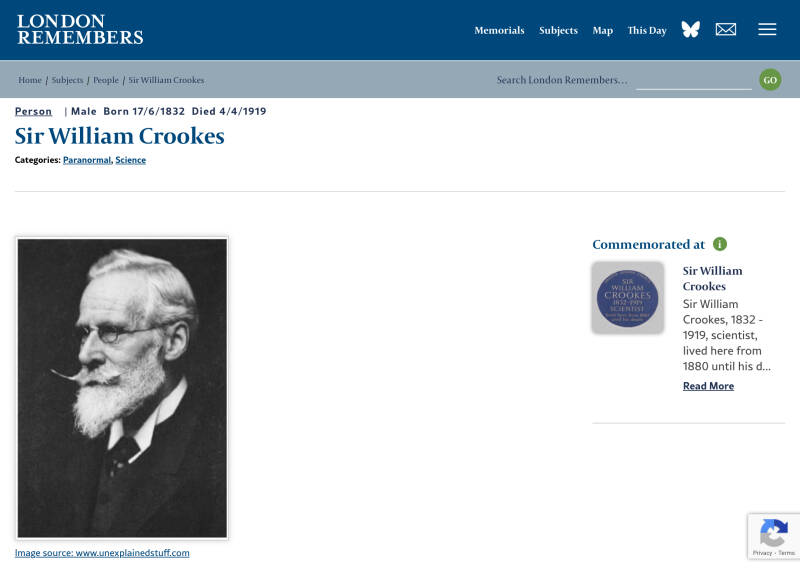
Discoverer of THALLIUM and spiritualist
JANE ROBINSON, economist


She studied economics at Girton College, Cambridge but was not permitted to formally graduate (as was the case for all women at Cambridge until 1948).
Though without a formal university position, Joan Robinson began publishing articles on economics in the early 1930s. One of her early pieces drew from Austrian economist Gottfried Haberier the comment: ‘The Christian name sounds like a woman’s but the article seems to be much too clever for a woman.’
Stanley Crescent

Stanley Gardens
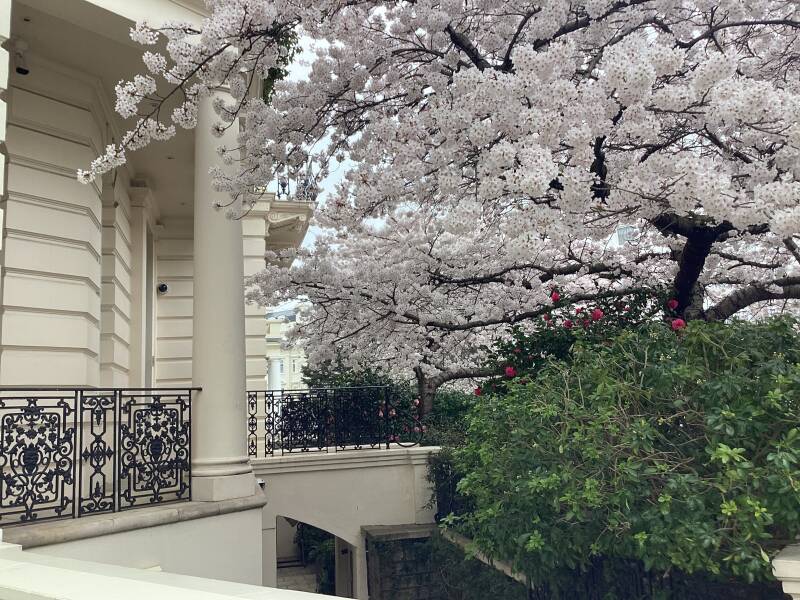

PORTOBELLO HOTEL
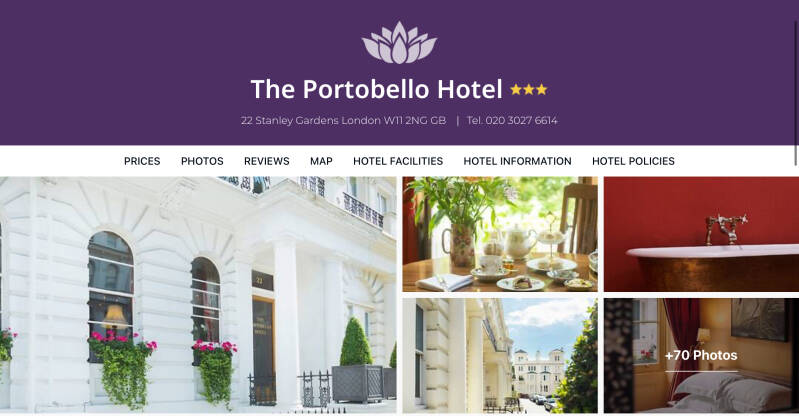
ST.PETER’s Church

One of the last churches built for the Church of England in the Victorian classical style.
The architect was Thomas Allom who designed Stanley Gardens opposite and it was consecrated on 7th January 1857. The magnificent interior was further embellished in 1879 by Charles Barry Jnr., son of the architect of the Houses of Parliament.
EMBASSY OF UKRAINE
Chepstow Villas
LOUIS (LAJOS) KOSSUTH lived here

Hungarian lawyer, journalist, politician. Governor-President during the 1848 - 9 revolution. Louis is a westernised version of his first name, Lajos. Spent 3 weeks in England in 1851 on a speaking tour, about Hungarian nationalism and independence. One venue was Copenhagen Fields. Died Italy.



Detour to Portobello Road N & S:
North: from this stretch of your route, up to Westbourne Grove:
Antiques: arcades, shops and market
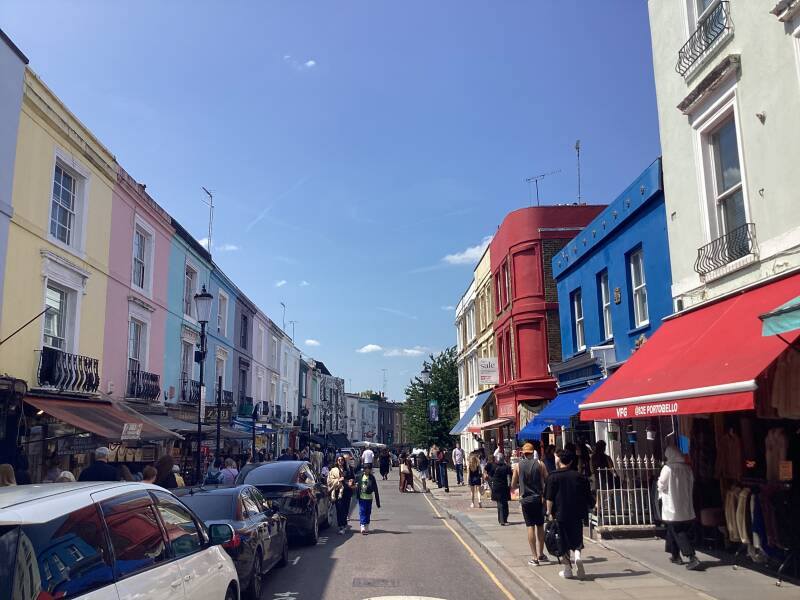
Denbigh Close


GOLD NOTTING HILL, restaurant & bar
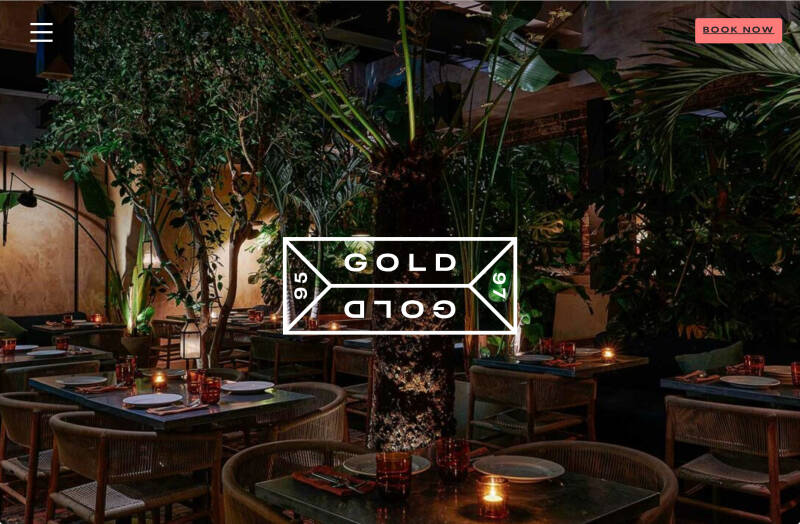
The Portobello Gold, formerly known as the Princess Alexandra, is a pub and restaurant with a rich history on Portobello Road in Notting Hill. Originally a beerhouse, it was built in the 1920s by Truman's Brewery, replacing two terraced houses, and named after Princess Alexandra of Denmark. The pub later became a favorite among the Hell's Angels before being renamed and transformed into a gastropub with hotel rooms. It gained further notoriety when President Bill Clinton visited during a tour of Portobello Market. More recently, it has undergone a luxury makeover and reopened as Gold, a restaurant and late-night bar, with a focus on sharing plates and wood-fired cooking
https://www.ladbrokeassociation.org/pubs/ for the pubs of the whole area
THE EARL OF LONSDALE P.H. (Mobile phones and swearing not allowed)

The pub is named after the enormously wealthy fifth Earl of Lonsdale, known as the Yellow Earl because of his liking for that colour. He was a founder of and first President of the Automobile Association which adopted his livery.
The pub features partitioned areas with small doorways, dark wood, and etched glass, creating a "cosy" and "quirky" atmosphere.
Not to be confused with 48 Lonsdale Road!
Detour to Portobello Road, to the South (towards Notting Hill Gate):
ST.PETER’S HALL
Farm Girl café
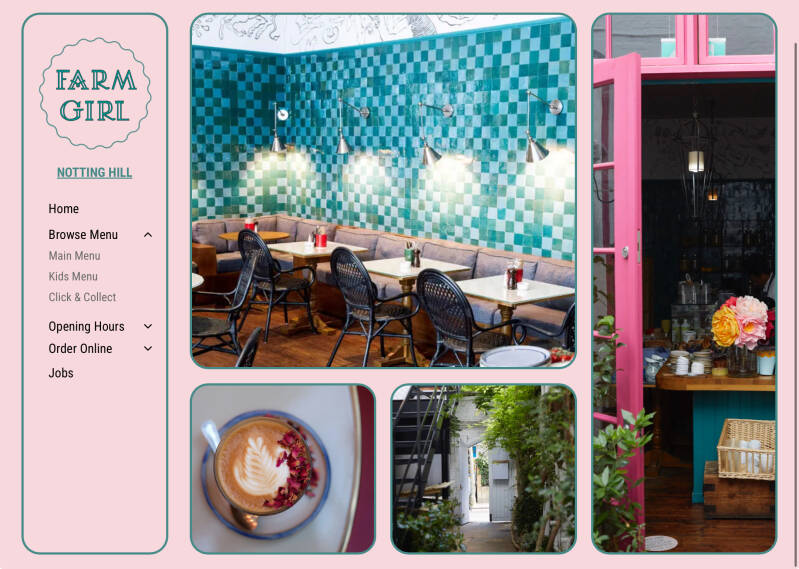
GEORGE ORWELL lived here
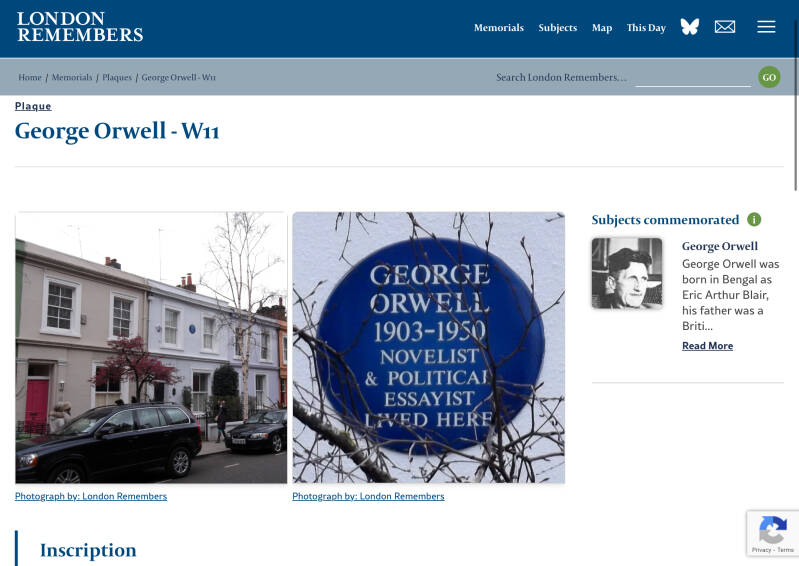
Orwell was in lodgings here for a brief period: from late 1927 to Spring 1928, when he moved to Paris.
End of the detours N & S. Back to Chepstow Villas

The route follows Chepstow Villas, Denbigh Road and Colville Road
THORNBURY COURT, a Victorian mansion block
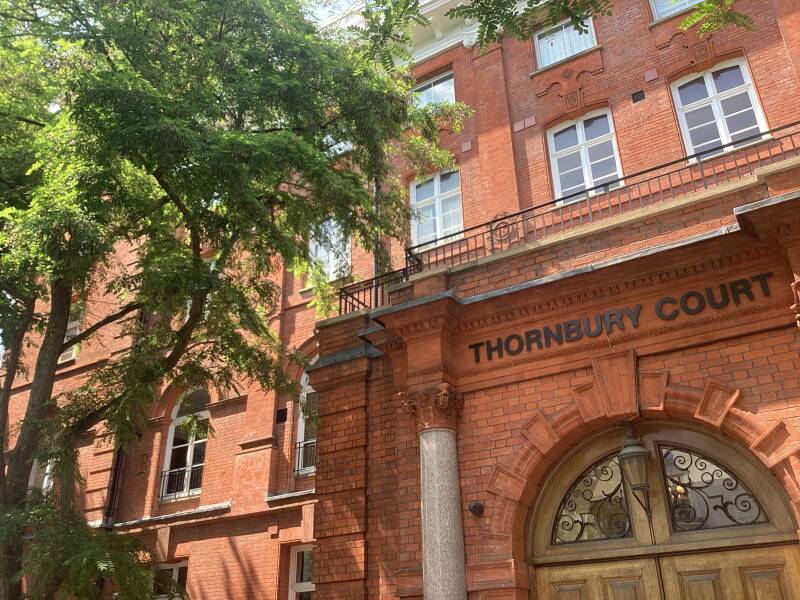
Norman Shaw studio at No 42a, designed for the painter Thomas Sidney Cooper
https://www.ladbrokeassociation.org/chepstow-villas/

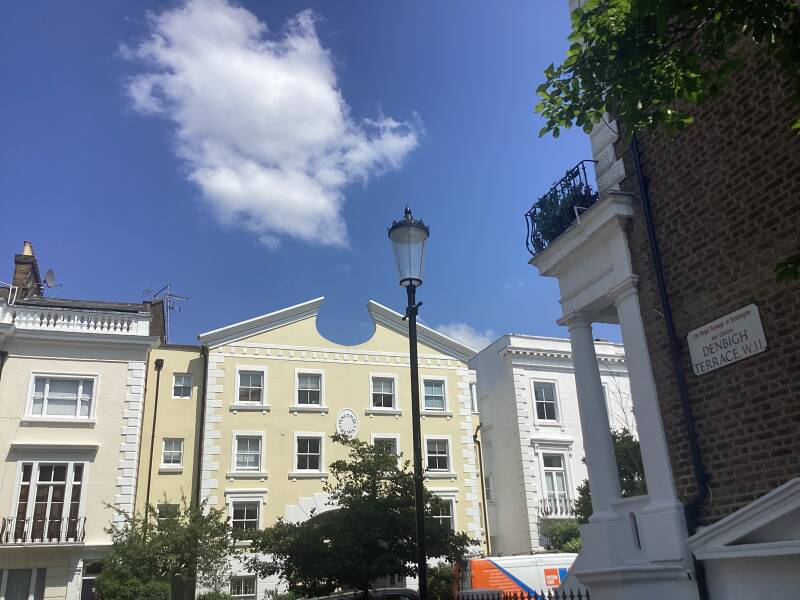
Westbourne Grove
Shops and eateries

TURQUOISE ISLAND (public toilets and shop)
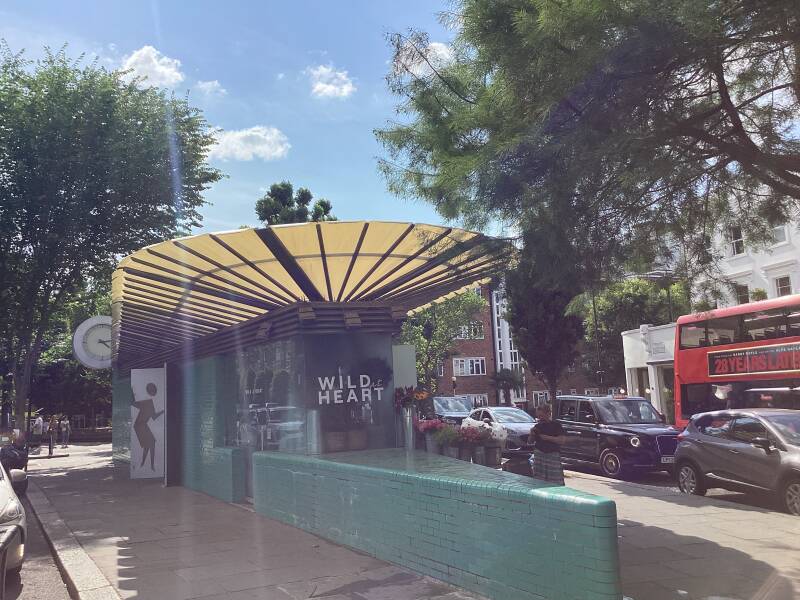
Discover Bayswater, to the East!




Colville Terrace, Colville Square, Colville Gardens
COLVILLE TERRACE
COLVILLE SQ.
COLVILLE GARDENS
Colville Gardens was initially laid out in the 1870s by the builder George Frederick Tippett, who also developed much of the rest of the neighbourhood. It is possible that the street was named after the Colville Family, Scottish steel magnates. The houses were intended as single family homes for the well-to-do but, from the beginning, it proved difficult to attract wealthy buyers to the area and as early as 1888, the buildings began to be subdivided into flats.[2]
By 1928, the neighbourhood was described as "rapidly becoming poorer" and, by 1935, as a "largely slum area
1950s. the neighbourhood became notorious for the predatory business practices of slum landlord Peter Rachman.
In 1970, it was rebranded as Pinehurst Court in the 1970s and now comprises around 105 one and two bedroom flats, mostly leased to private tenants on long leases of 100 years or more.
Powis Square
MICK JAGGER’s “Performance”
Absolute Beginners

Next chapter:
1950s. Peter Rachman, the slum landlord

We welcome you to our Nourish Hub, where you will be served delicious wholesome meals and learn about low-cost, nutritious eating choices. Sustainability and healthy eating are at the heart of our work, from ‘rescued’ meals to our in-house growing towers, everything you eat and learn will support you and the environment.
The Nourish Hub is operated by the charity UKHarvest, who are here to protect the environment by rescuing good food destined for landfill and serving the community with education on nutrition, cookery skills and fighting food waste in the home.
As part of the London Good Growth Fund, the Nourish Hub is focused on making better places, empowering people and growing prosperity. Challenging and changing our relationship with food, through experience, education and building close links to the local community.
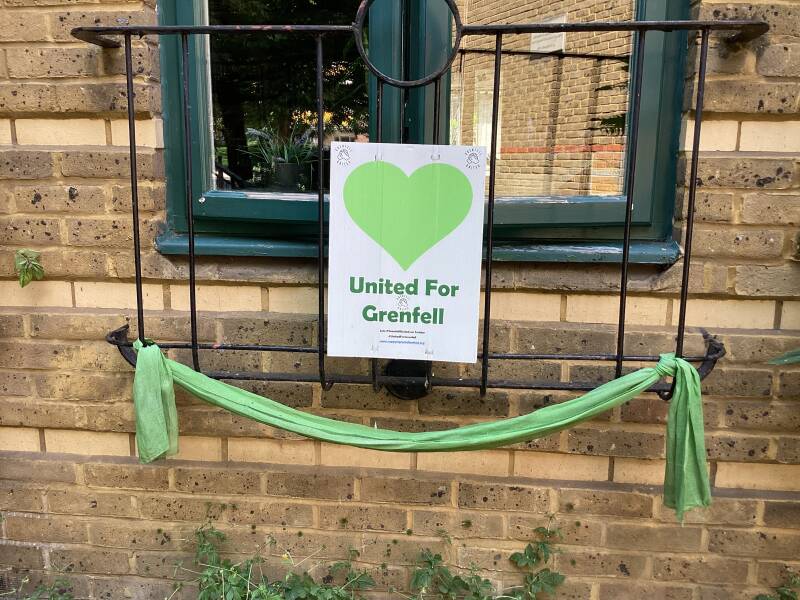
WILLIAM RAMSEY
Elgin Cr
Kensington Park Rd.
NOTTINH HILL COMMUNITY CHURCH
192. BRIDGET JONES
Site of MUNS THOMPSON literary meetings
Blenheim Crescent
THE TRAVEL BOOKSHOP
The film was shot at 142 PORTOBELLO ROAD
MIKE’S CAFÉ 1962
BOOKS FOR COOKS
9 TOTO BAG CAFÉ
Fight Riots 58
SARAH CHURCHILL
2 SPICE SHOP
Site of MINUS ZERO RECORDS
Psi h
Site of DOG SHOP
Hippie, FRESTONIA Embassy

You will SEE some Portobello Road attractions nearby in NH4
ELECTRIC CINEMA
COFFEE PLANT
SALVATION ARMY
Site of WOOLWORTHS
THE CASTLE PH
BLUE DOOR
My favourite route continues
ROUGH TRADE, ALL SAINTS CHURCH and THE TABERNACLE

